Albatross has launched a groundbreaking 18-hole indoor mini golf experience in Edison, New Jersey, setting a new standard for tech-driven entertainment, alongside 32 lanes of bowling.
Combining highly themed environments with next-generation digital scoring, the venue is designed as a social, competitive, and shareable experience that appeals to a wide range of audiences.
The brand concept emerged from a desire to create a space that fosters connection and fun, particularly in a post-COVID world where traditional social venues had become less relevant.
While putting, guests are invited to step into elaborate themed holes, from red carpet premieres and private jets to underwater encounters and cinematic adventures, each designed to be a complete story in itself.
The digital scoring system integrates seamlessly with the gameplay, rewarding exploration, skill, and repeat visits, while ensuring a smooth pace and flow throughout the course.
For Albatross, the goal was clear: to disrupt the indoor entertainment market with a venue that combines social interaction, immersive storytelling, and innovative technology.
Working alongside Greenspan Projects, whose expertise in themed environments and gamification helped bring the ambitious vision to life, the project demonstrates how creative collaboration and cutting-edge technology can transform the traditional mini golf experience into a next-level entertainment destination.
Speaking to Cody Browning of Albatross and Brook Tuffin of Greenspan Projects, we explore the vision, challenges, and collaboration behind this unique venue.
Bold new ideas
Brook Tuffin explains how the collaboration first began at IAAPA Expo in Orlando in 2021.
“We had just launched our expansion into the US market and were exhibiting at IAAPA Expo. It was our first time there, and it felt like a pivotal moment. The industry was beginning to bounce back post-COVID.
"The show itself was smaller, but there was a lot of hype, energy, and excitement among the attendees.”
During the trade show, Greenspan was unveiling its first tech-infused mini golf product, Puttify.
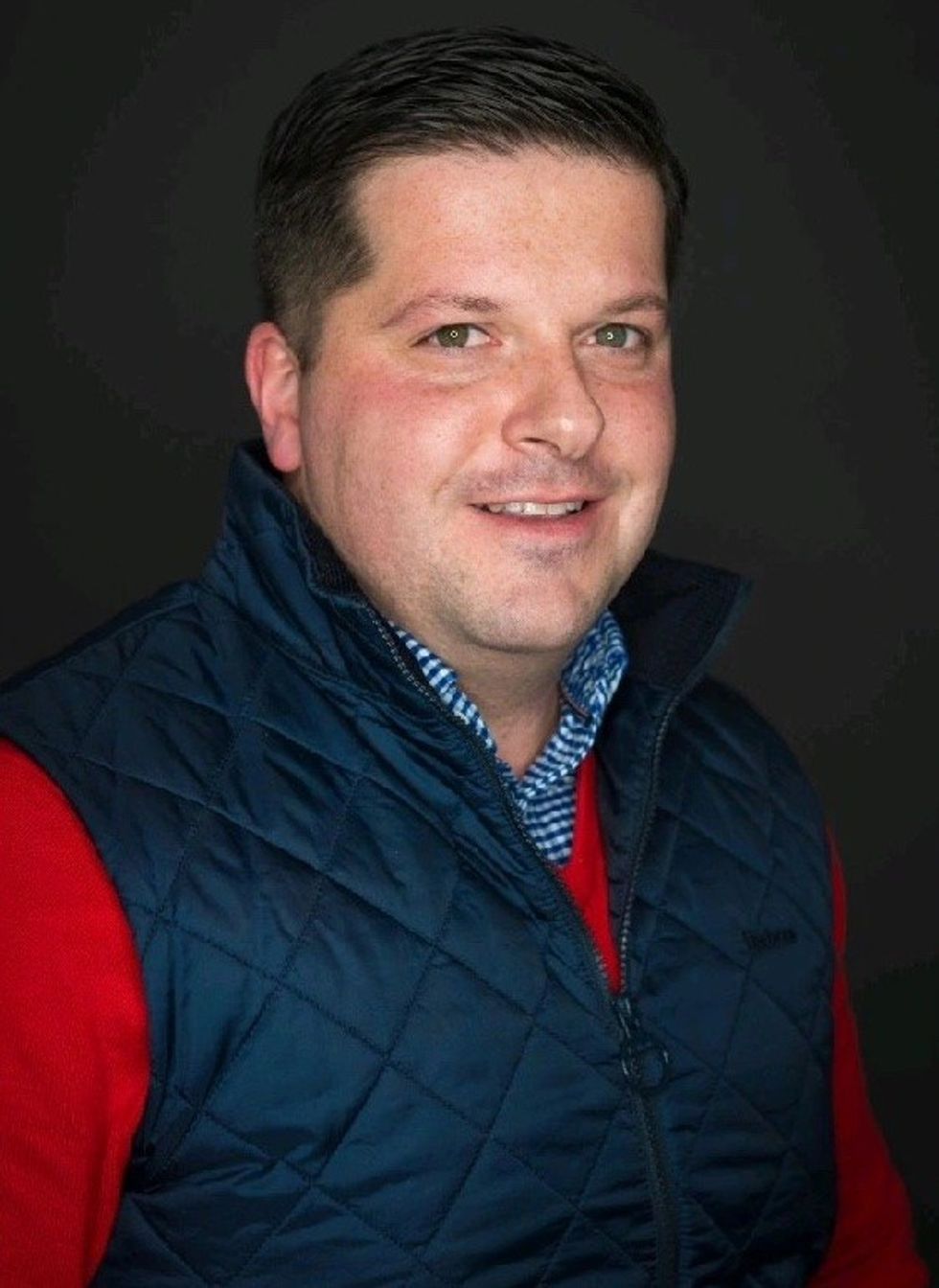
Brook Tuffin
“At the time, it was bold, innovative, and unlike anything on the market. Hundreds of people stopped by to play it. People were drawn to us not just because we were new, but because the product itself stood out.”
At the booth, Cody Browning struck up a conversation about Albatross’s ambitious vision to create something truly unique and sophisticated in the world of immersive mini golf.

Cody Browning
“That encounter sparked the beginning of something really special,” adds Tuffin.
Albratross is an affiliate of Supercharged Entertainment, which offers next-gen indoor go-karting. “When we decided to create a new brand, we began an international search for the best partners to work with us on the project,” says Browning.
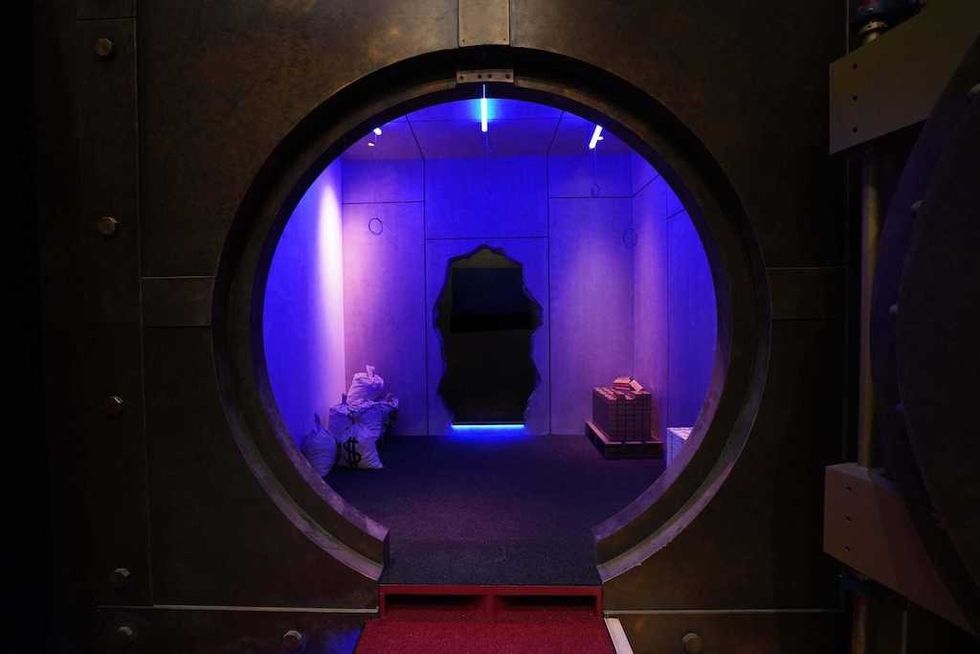
“We knew we wanted to have the world’s most incredible indoor miniature golf course.
"Back in 2016, we disrupted the go-karting industry with Supercharged Entertainment. We took the idea of flat tracks and made them the world’s largest multi-level. We only wanted to move forward with Albatross if we could do the same, disrupt the industry, and take it to a new level that had not yet been achieved.”
From Greenspan’s portfolio at IAAPA, it was clear the team had the energy, ambition, drive, and know-how to help Albatross achieve this goal.
Shared goals and vision
Three core objectives drove the project, says Tuffin. Firstly, the technology behind the gamification had to be truly groundbreaking.
“Cody and the team wanted something that pushed the boundaries of what people expected from any golf experience. So, we weren’t interested in replicating what already existed. We set out to redefine it.”
Secondly, the theming and immersive environment had to be next level: bold, unexpected, and completely unforgettable. Thirdly, the gameplay itself, the technology and gamification had to be genuinely engaging.
“Each hole needed to offer the perfect balance of challenge and fun, capturing the imagination and inspiring guests to immerse themselves in the game, come back, and keep playing.
“These weren’t lofty ideas; they were a shared mission from the start. I think we can all be incredibly proud that we didn’t just scrape by and meet the goals; we delivered something truly exceptional.”
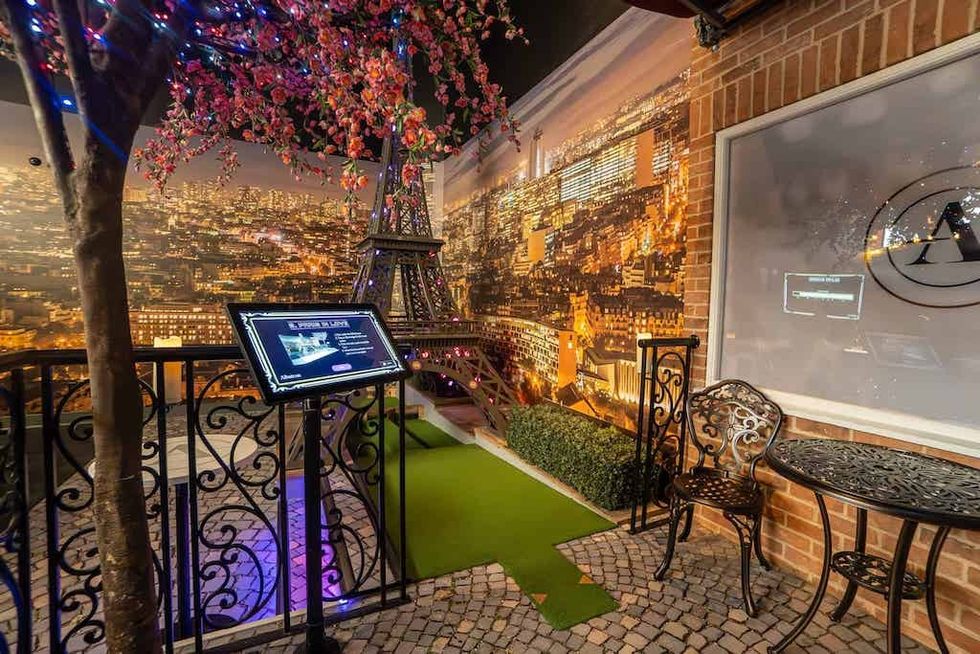
Browning highlights the social dimension of the vision:
“Our number one goal was to create an indoor socialising space. Albatross came to be just after COVID, in 2021. Our go-kart centres were reopening, and some of our younger partners were expressing that the things they enjoyed before COVID didn’t really exist anymore.
“Their friends didn’t want to go to the bar or club. They wanted a place to socialise and bring unity and friendship back together.
“In the US, there’s a shortage of these spaces, especially ones that cater to social gamification. Attractions like axe-throwing and ninja parks feel singular versus group unifying. So, we set out on a mission to create an attraction that would essentially bring friends and family back together.
“We think we’ve accomplished that, although it’s always a work in progress. We’re never fully content; it’s about how we make it better.”
Design philosophy and storytelling
Speaking about the immersive narrative of each hole, Browning says:
“We said to Greenspan: every experience we’ve had with mini golf builds up to a grand finale. What if every hole was the grand finale? Each hole is its own story with its own grandness. We challenged Greenspan to create 18 holes where each one is unique, extravagant, and gamified.
“We wanted people to feel enveloped in a world that isn’t just for the elite. Our motto is ‘Albatross: where everyone flies first class’.”
During the course, guests embark on a private jet, travel to Paris and the Eiffel Tower, journey back to the 1920s Silver Age of cinema, and experience New York with King Kong scaling the Eiffel Tower.
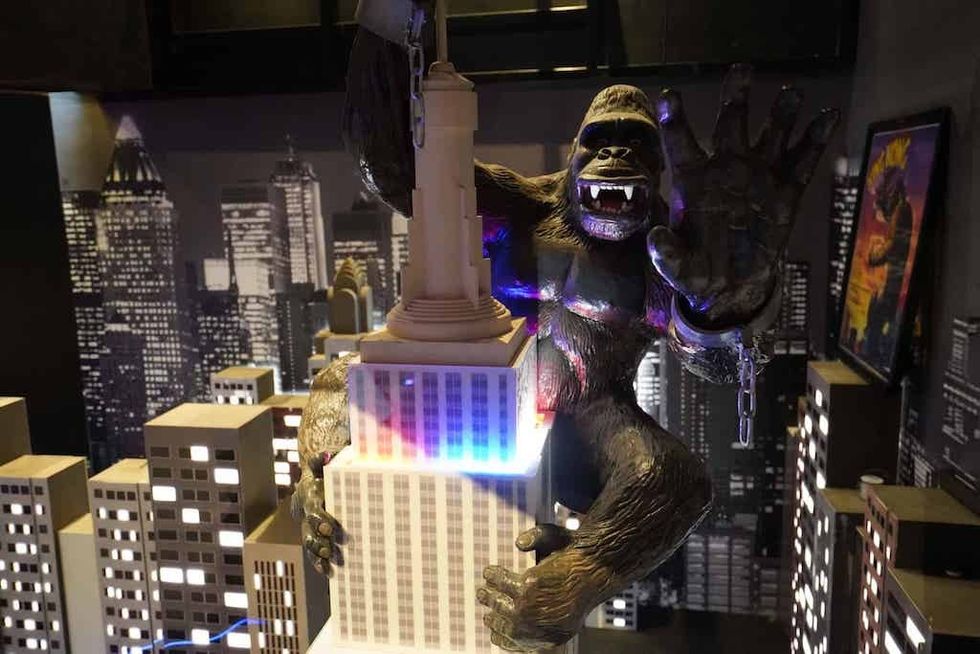
“Every hole delivers a larger-than-life experience that guests can be part of, not just spectators.”
While the design wasn’t built around a single overarching narrative, the storytelling comes through dynamically. The goal was to make every hole a unique, massive experience with its own theme, wow factor, and built-in photo opportunities.
“We wanted guests to step into moments that most of us will probably never get to experience in real life,” says Tuffin.
“Take the red-carpet hole, for example. How many of us can say we’ve sat in Lamborghinis, walked down a red carpet, and been swarmed by paparazzi? Or the underwater-themed hole, where you’re face-to-face with a great white shark. These are bold, cinematic moments designed not just to entertain or tell a story, but to be shared.”
Integrating gameplay into these diverse environments was no small feat, he adds. “But the mechanics and the flow blended naturally.
“Ultimately, we created something that goes beyond mini golf and putting. It’s sociable, shareable, full of laughter and competition, and perfect for photos and videos.”
Technology and gamification
The thematic environments and the scoring system are completely interwoven. “The miniature golf course wouldn’t function without either one,” says Tuffin.
One key challenge for operators is maintaining pace and throughput. Nobody wants bottlenecks, long wait times, or frustrated guests. Efficient throughput is essential for maximising revenue.
“Part of the system is time-based: players are encouraged to complete each hole swiftly to maximise points, which naturally helps maintain flow. At the same time, gameplay must feel exciting and never rushed. We focused on subtle psychological cues in the design to create pacing without stress.”
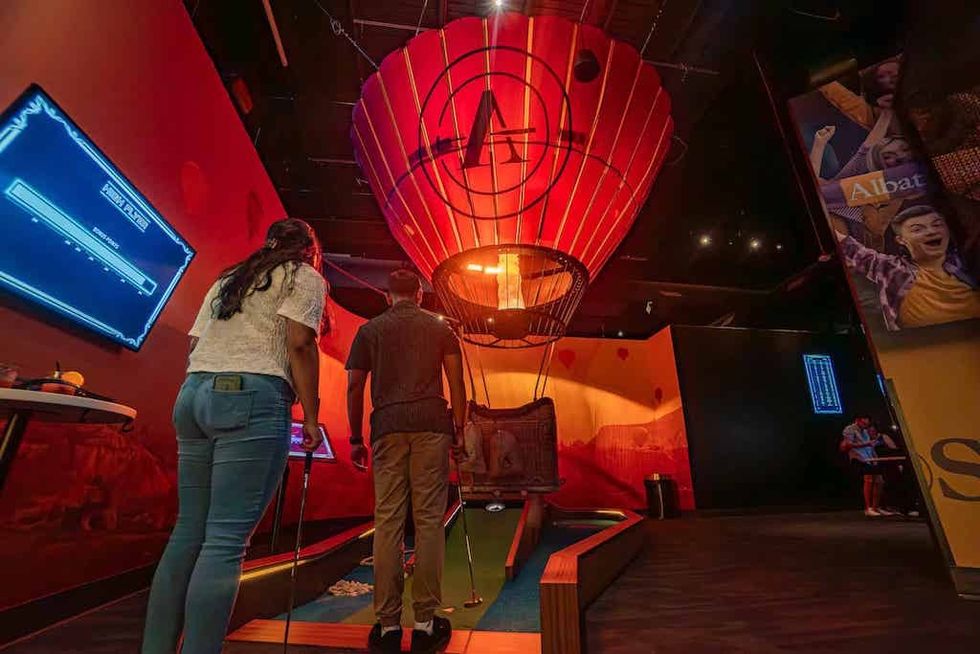
Routing-based scoring adds strategy and surprise.
“Depending on the path the ball takes, players accumulate bonus points, some hidden until they appear on the screen. It’s about exploration, discovery, and rewarding skilful play. You don’t have to be a great putter to score well, but if you are, you can rack up points.”
This encourages repeat visits. Scores are never the same, and players compete with the same group or different groups.
“It keeps the experience fresh every time.”
Browning adds: “Our system lets guests build their own rankings against the entire venue, not just their group. Each visit offers a new challenge, a chance to beat your previous score, keeping each experience unique.”
Challenges and innovation
Tuffin recalls the creative and technical hurdles:
“The whole project was a massive challenge from the start. We were breaking ground with the product on display, thinking this could be the future of miniature golf. At the same show, Cody and his colleagues, Tysson and Alexis Sangermano, came along with an even bigger vision.
“We were designing something that had never been done before. If you think about the industry at the time, the big players all had their strengths, but Albatross wanted the best of everything in one place. Every hole was a unique creation — theming, construction, and gameplay mechanics were all custom.”
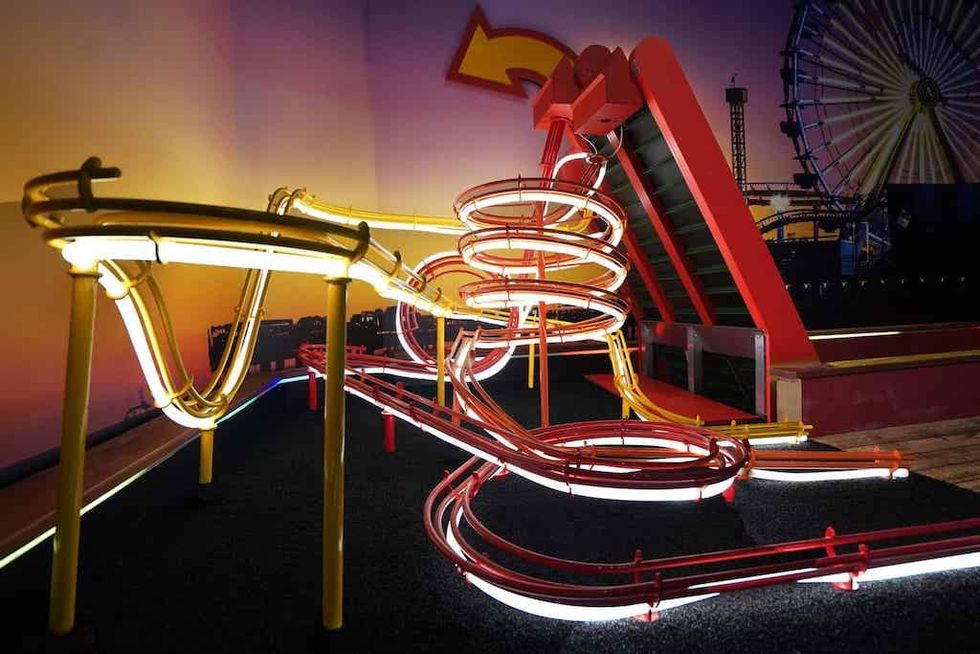
The technology side was also groundbreaking:
“Albatross had a bold vision for scoring, not just functionally, but as part of the guest experience. That required writing and developing custom code, breaking boundaries, and building a completely new kind of game.
“Not every feature landed perfectly at first, but thanks to the team’s agility, creativity, and focus, we delivered an experience that in many ways exceeded the original vision.”
“We are thrilled with the product we created,” says Browning. “I loved that Greenspan challenged us as much as we challenged them. One of my biggest frustrations with contractors is when ideas are blindly followed, even if they’re mistakes. Greenspan didn’t do that.
“They listened carefully and provided feedback. They were fantastic partners: easy to work with, time-sensitive, organised, and with exceptional on-site project managers. Everyone we met was welcoming and kind. They represent their country and craft exceptionally well.
“I would highly recommend them to anyone looking to develop a project, whether mini golf or anything else. They rose to every challenge we gave them.”
Audience reception
Browning highlights the venue’s inclusivity and social impact:
“Where we’re located in Edison, New Jersey, is unique. We’re close to New York City, and Edison itself has large Indian American, Asian, Jewish, Hispanic, African American, and Caucasian communities. This gives us an incredibly broad audience, which was exactly our goal: a venue that unifies rather than divides.”
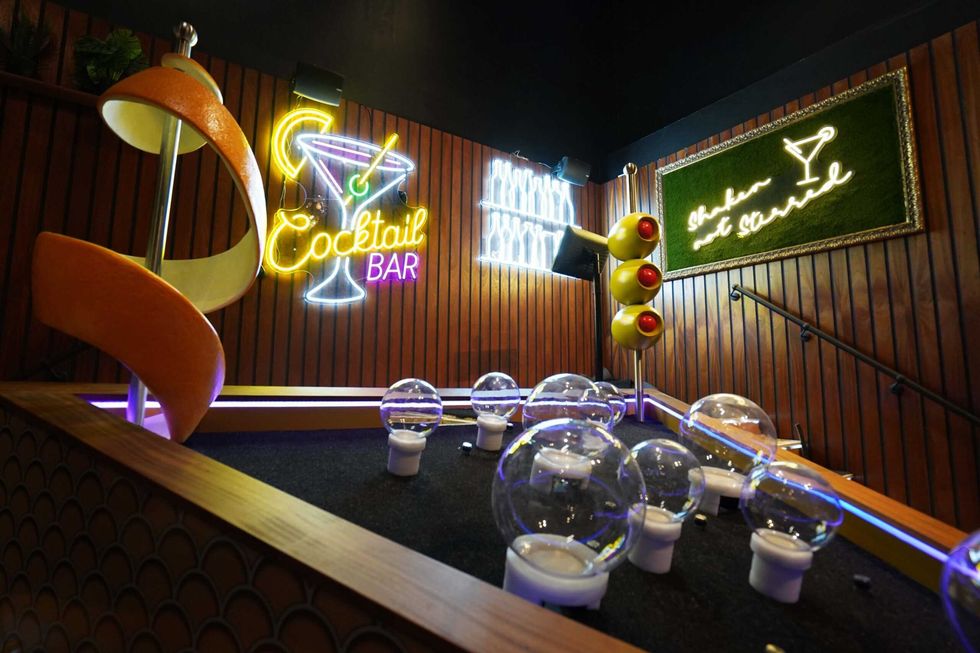
Guests come through and leave their everyday worries behind. They feel at home, socialising with people they might never meet otherwise. “Everyone can enjoy mini golf, bowling, and food. It’s a come-one, come-all experience, where everyone can find their place and leave happy.”
“The brief was about creating moments throughout each course that people could resonate with,” adds Tuffin.
“Unlike other themed projects, this wasn’t just out-of-this-world fantasy; it offered experiences that people could personally relate to, making it feel immersive yet tangible.”
Looking ahead
Discussing what the industry might see next in terms of immersive mini-golf, Tuffin says: “Albatross is undeniably leading the global charge in next-generation, tech-driven mini golf experiences. But in many ways, we’re only just getting started. We’ve got some exciting, game-changing innovations in development.”
There’s also a huge commercial opportunity for large-scale venues, like stadiums and arenas, which already have the space and infrastructure to bring experiences like Albatross to life, he explains.
“Much of this space, especially under tiered seating, sits idle. With match days accounting for just 15% of the calendar year, it makes sense to activate these areas and unlock new revenue streams on non-event days.
“We’re already seeing strong interest from stadium and arena operators looking to diversify and future-proof their income. Our recent Level 1 project with Southampton Football Club is a perfect example of how underutilised space can be transformed into a vibrant, high-ROI experience.”
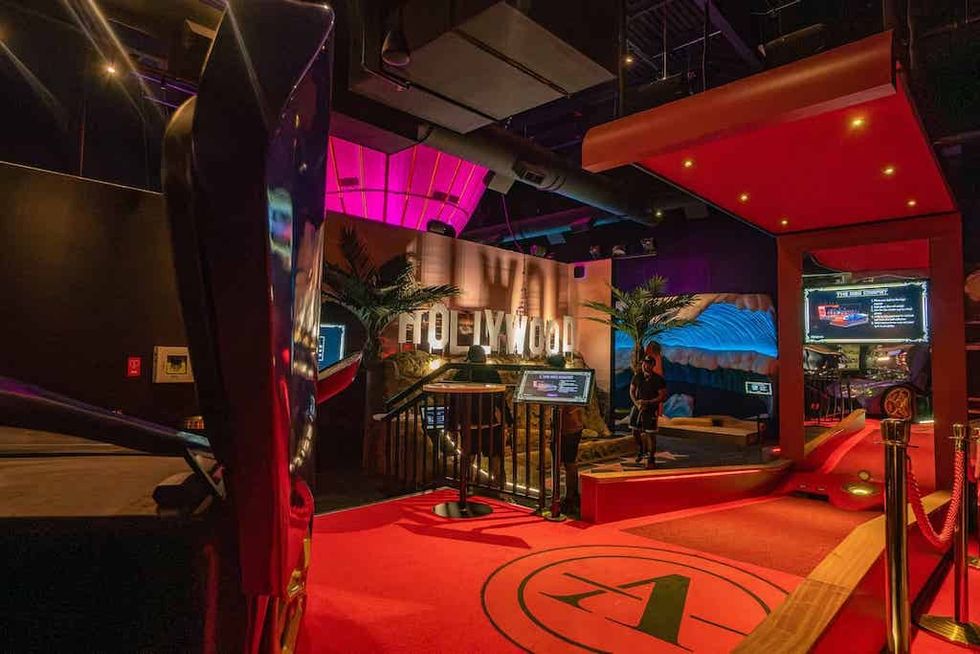
Browning adds perspective on repeat business:
“Some social entertainment venues look amazing but offer only one activity, making repeat visits harder to encourage. By providing both immersive mini golf and bowling, guests can try one and then return to try the other. It creates a cycle of repeat business, making Albatross ideal for business groups or social events.
“Multiple activities in the same venue are key to the future of immersive, social-based entertainment.”
Summing up the project’s impact, he says:
“We’re so proud of what we’ve accomplished. We have a beautiful venue that brings people together, fulfilling a social need that didn’t exist before. Mini golf and bowling, combined with food and drink, enhance the experience. Our goal was to create a space where guests can socialise, gather, and have fun — and we’re seeing that every week.”
Greenspan Projects will be exhibiting at IAAPA Expo 2025 in Orlando from 18 - 21 November. The team can be found at booth #2883, and meetings can be booked by email.
Charlotte Coates is blooloop's editor. She is from Brighton, UK and previously worked as a librarian. She has a strong interest in arts, culture and information and graduated from the University of Sussex with a degree in English Literature. Charlotte can usually be found either with her head in a book or planning her next travel adventure.



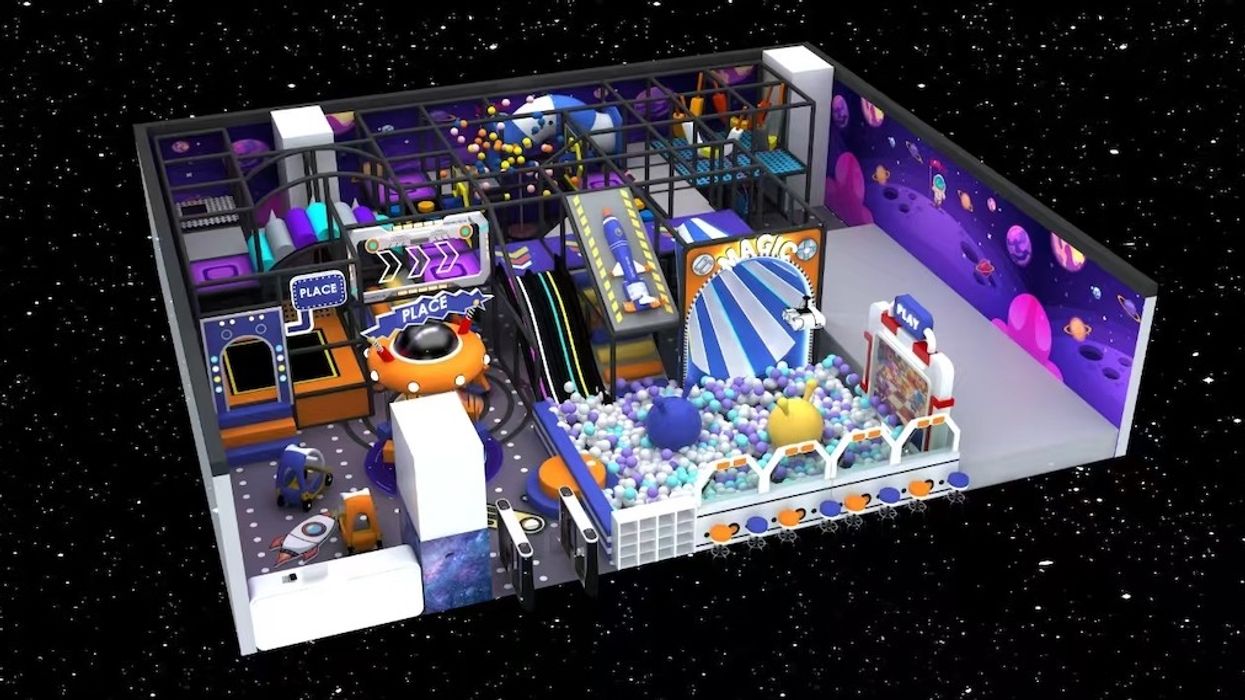
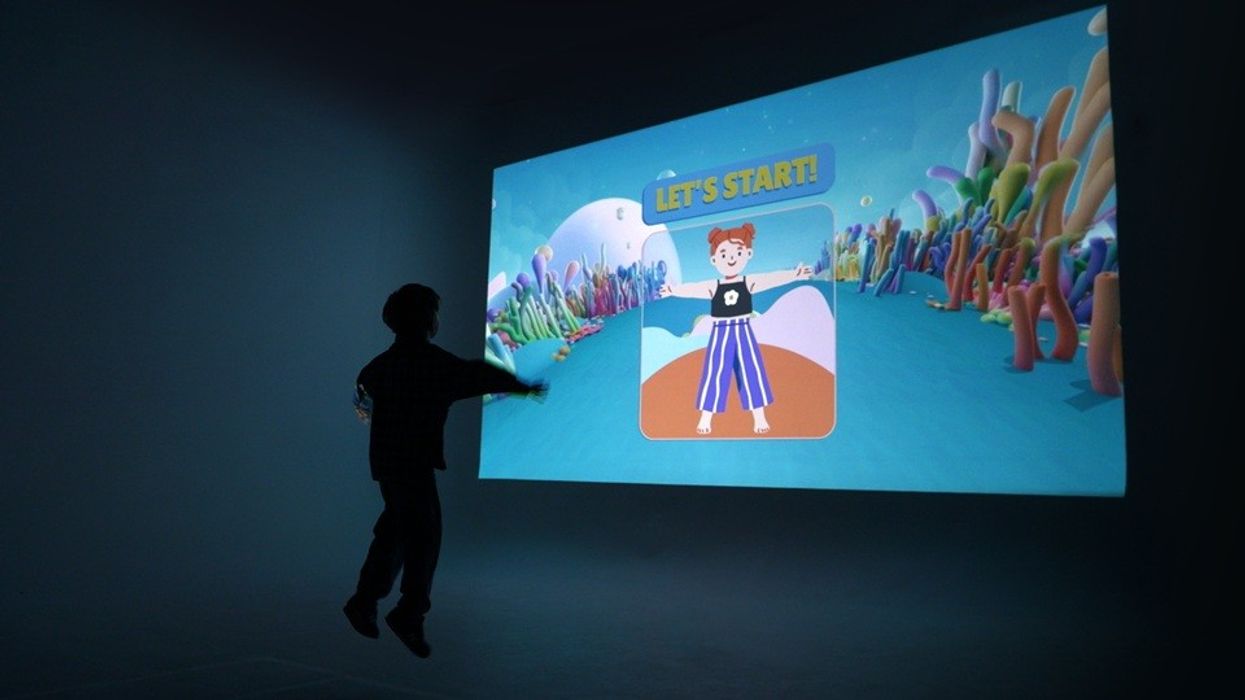
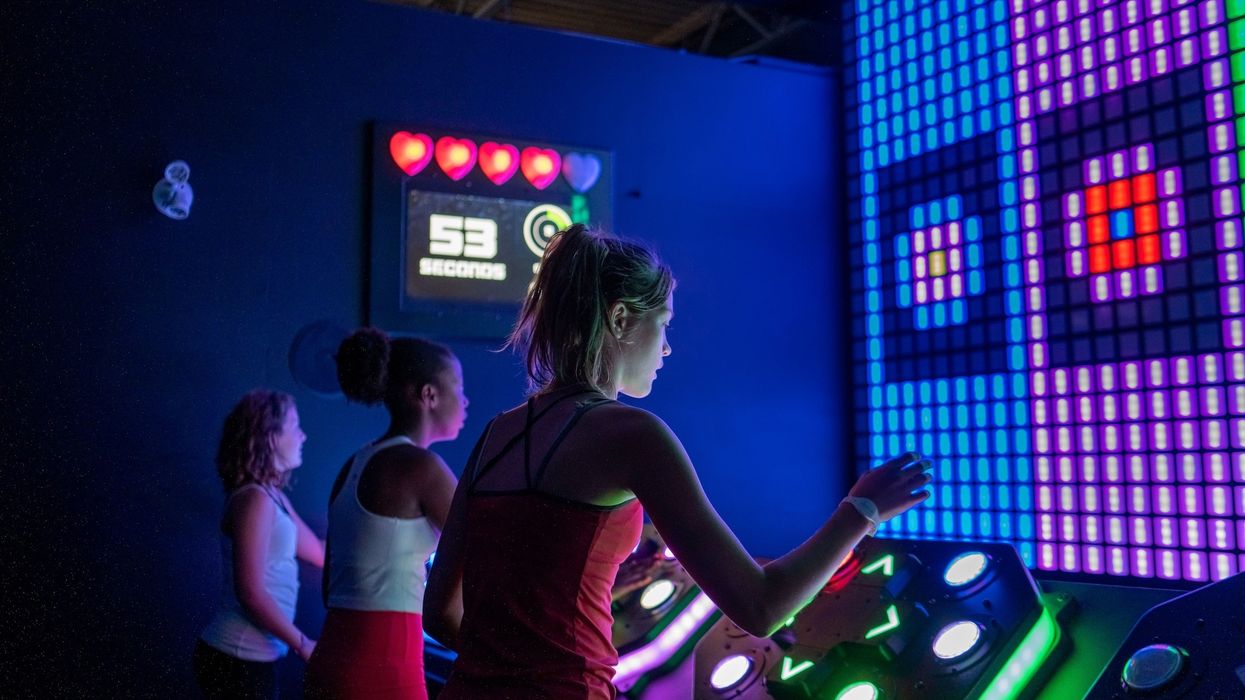
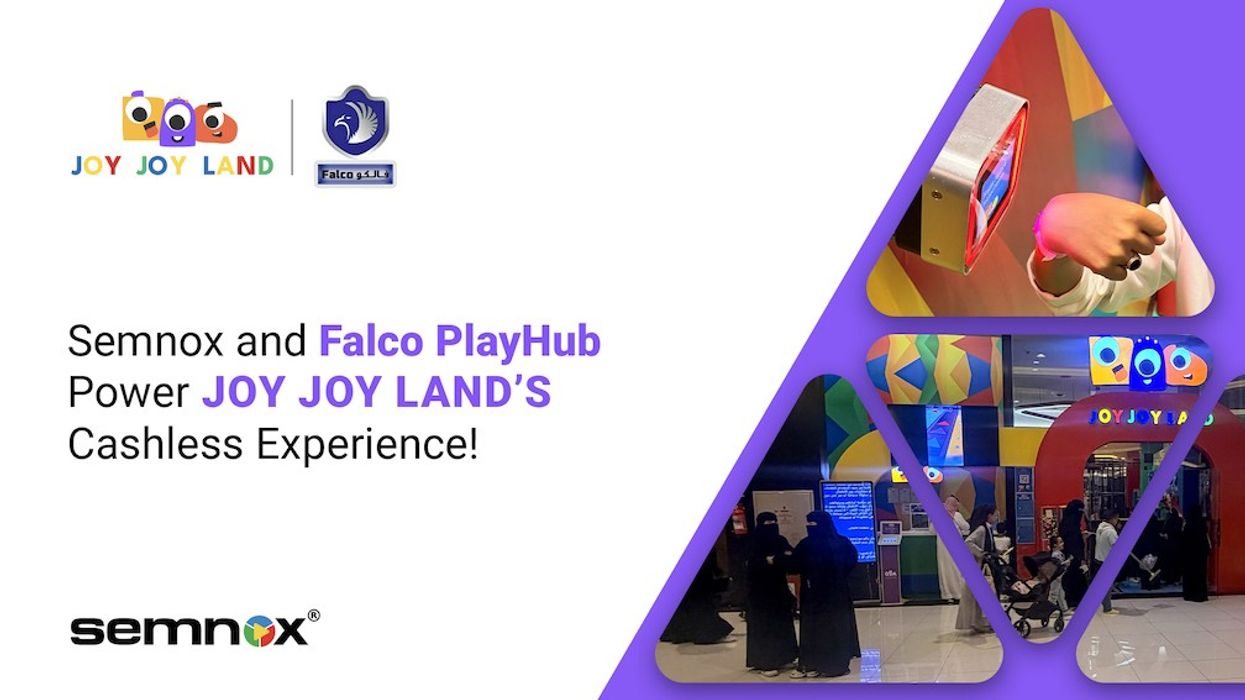
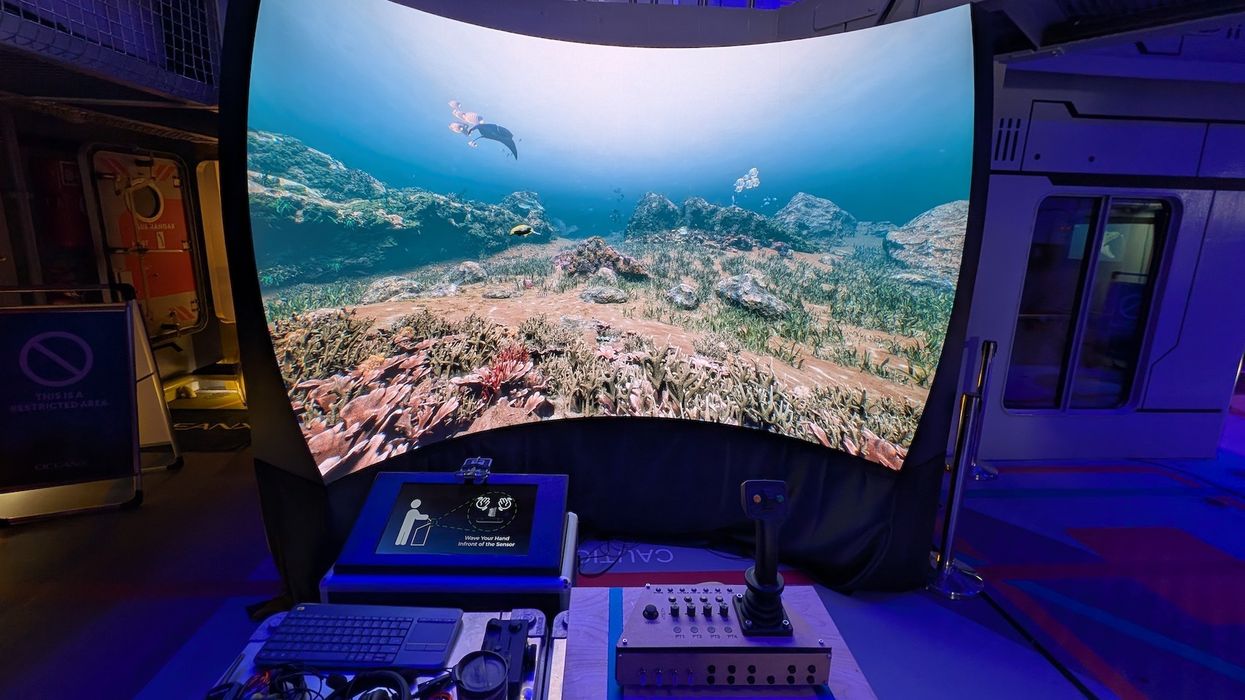
 TM Lim and Adam Wales
TM Lim and Adam Wales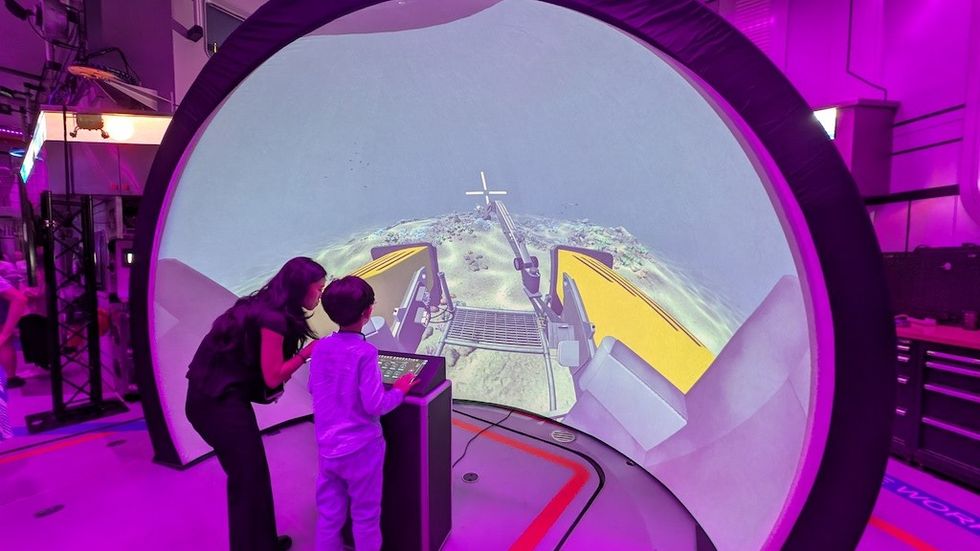
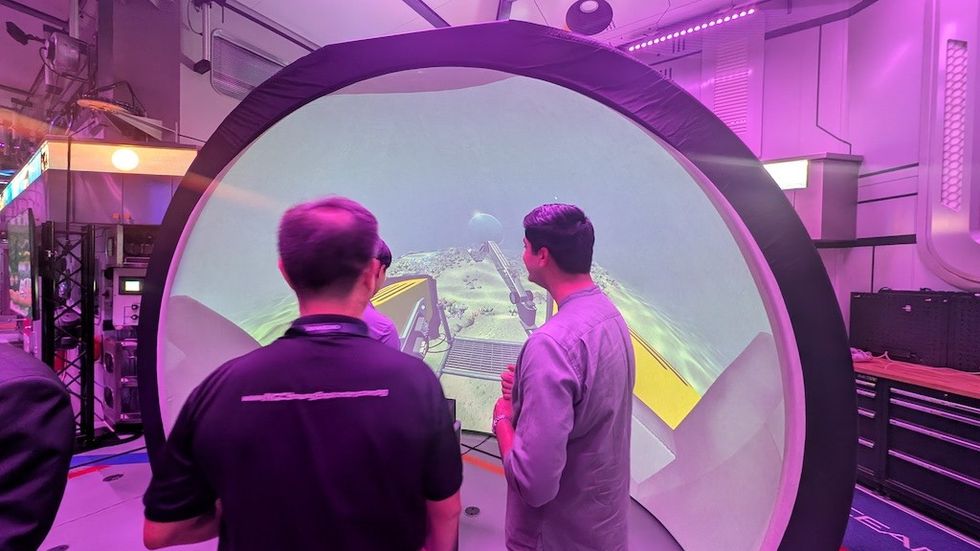
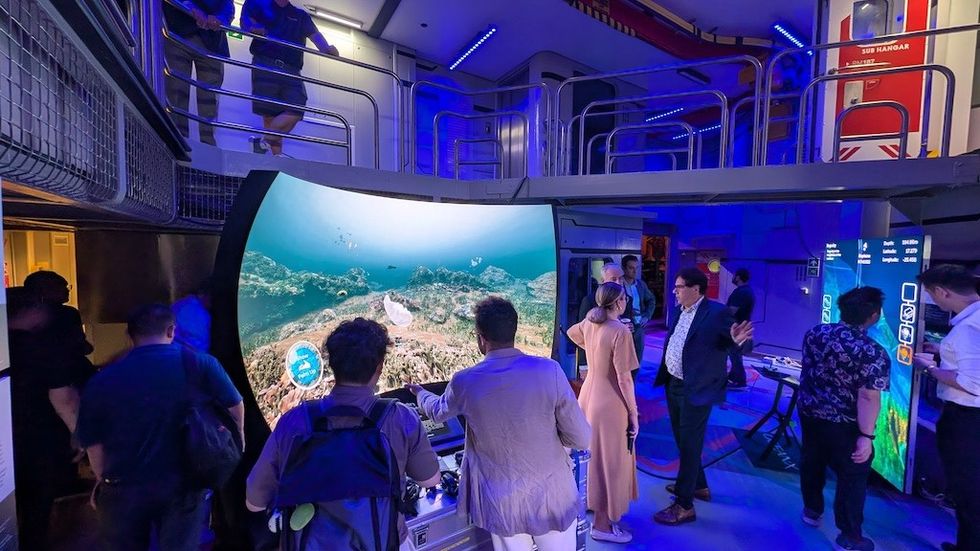
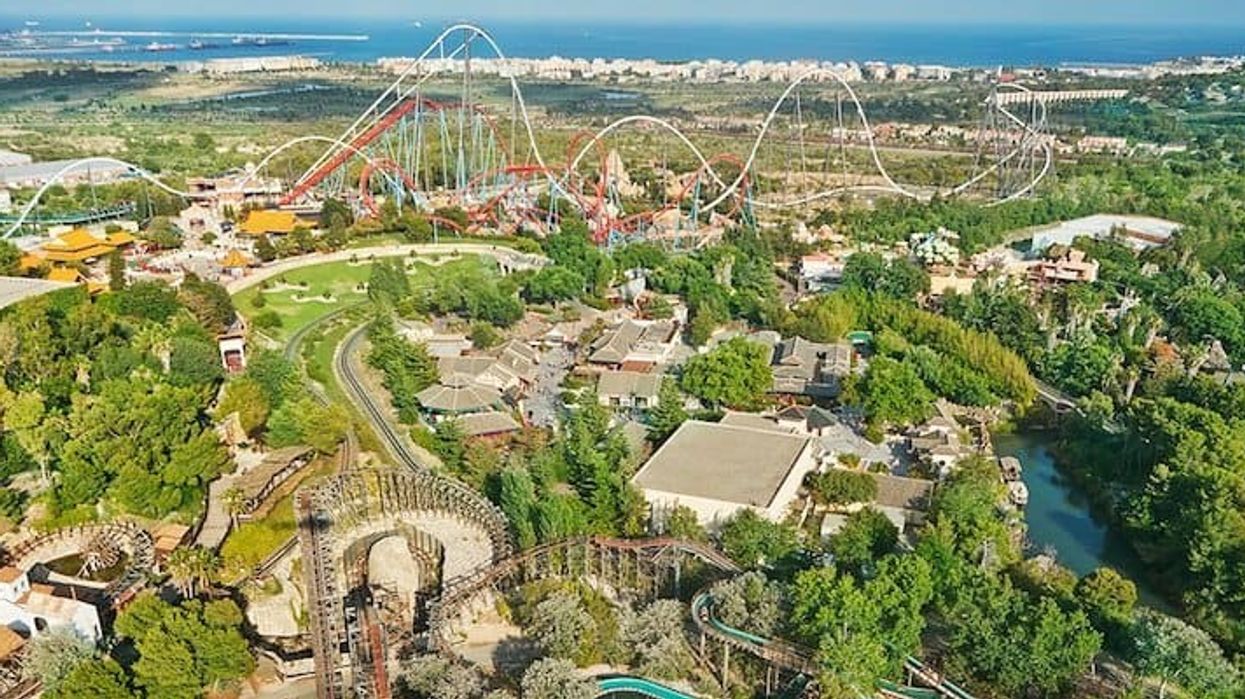
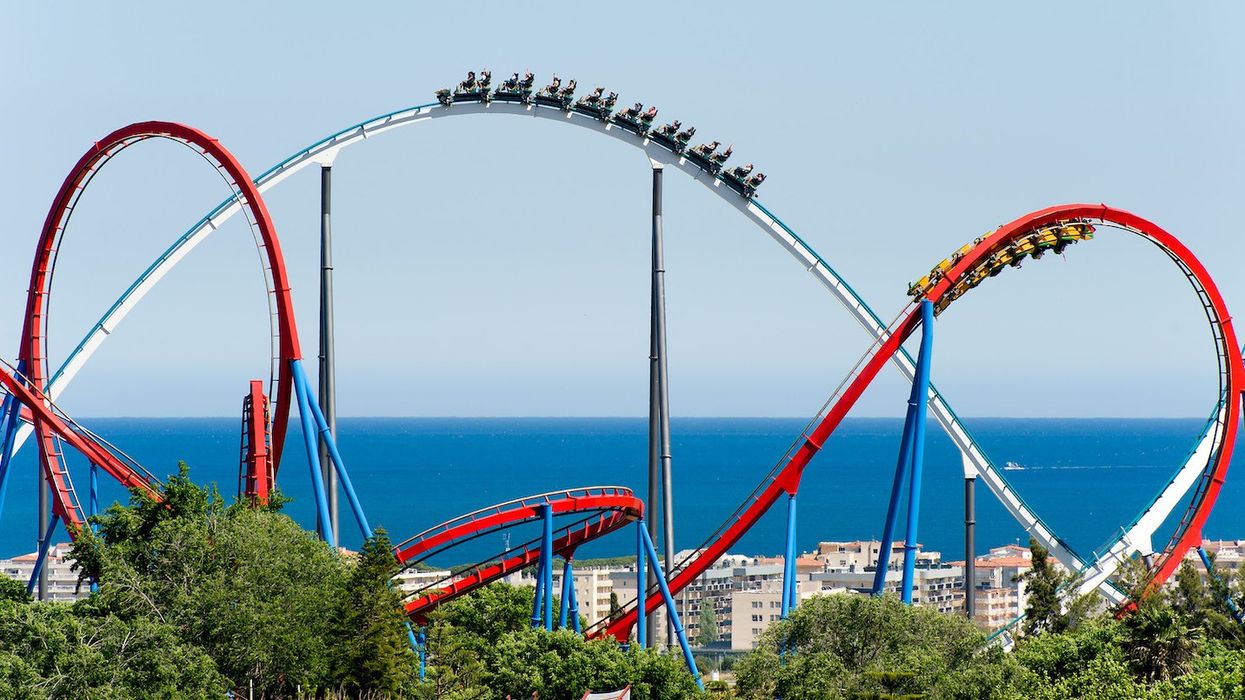
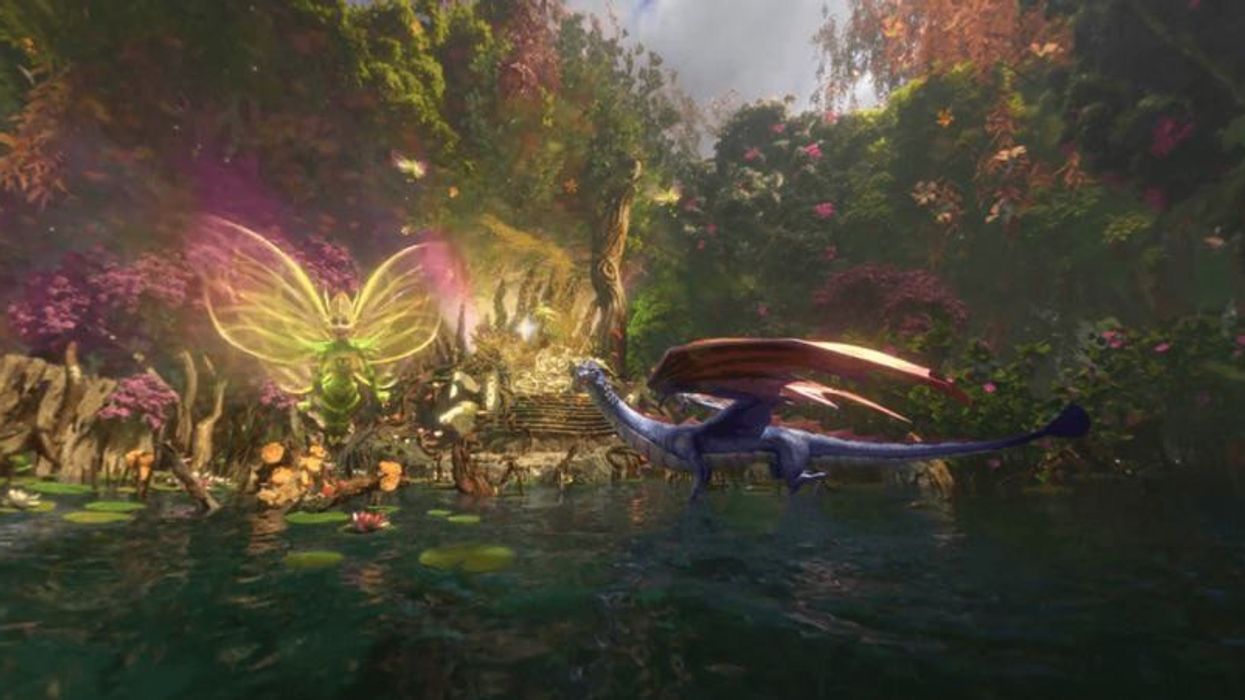
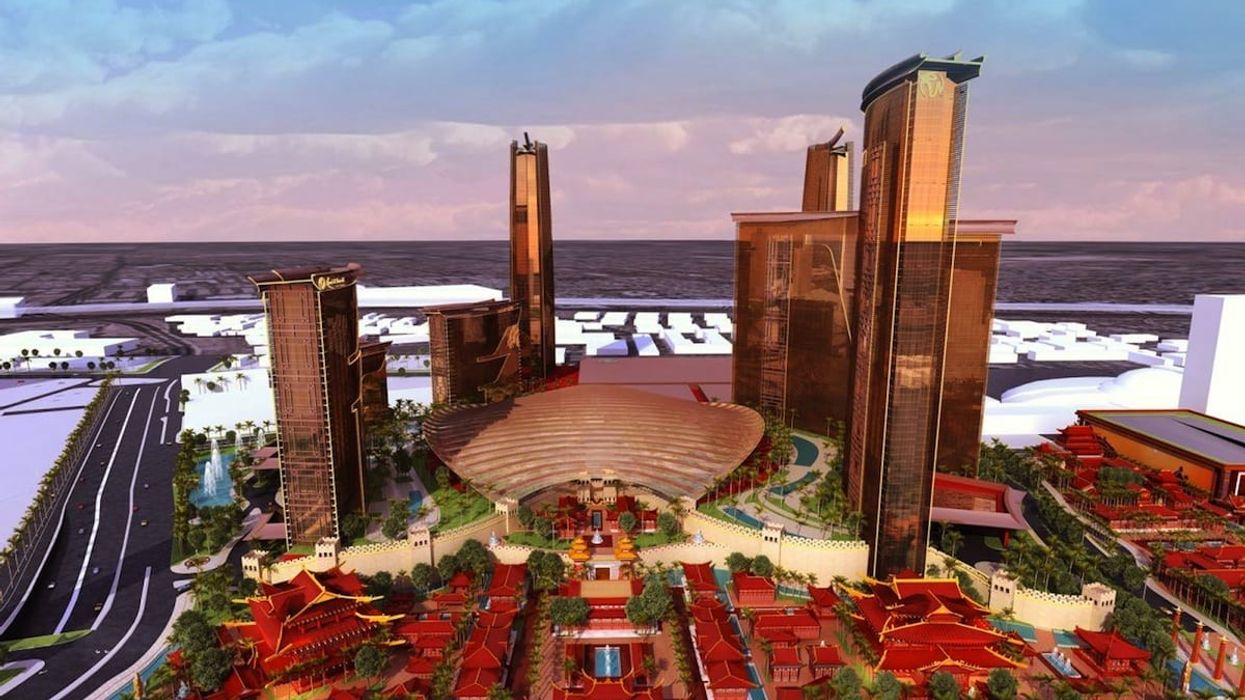
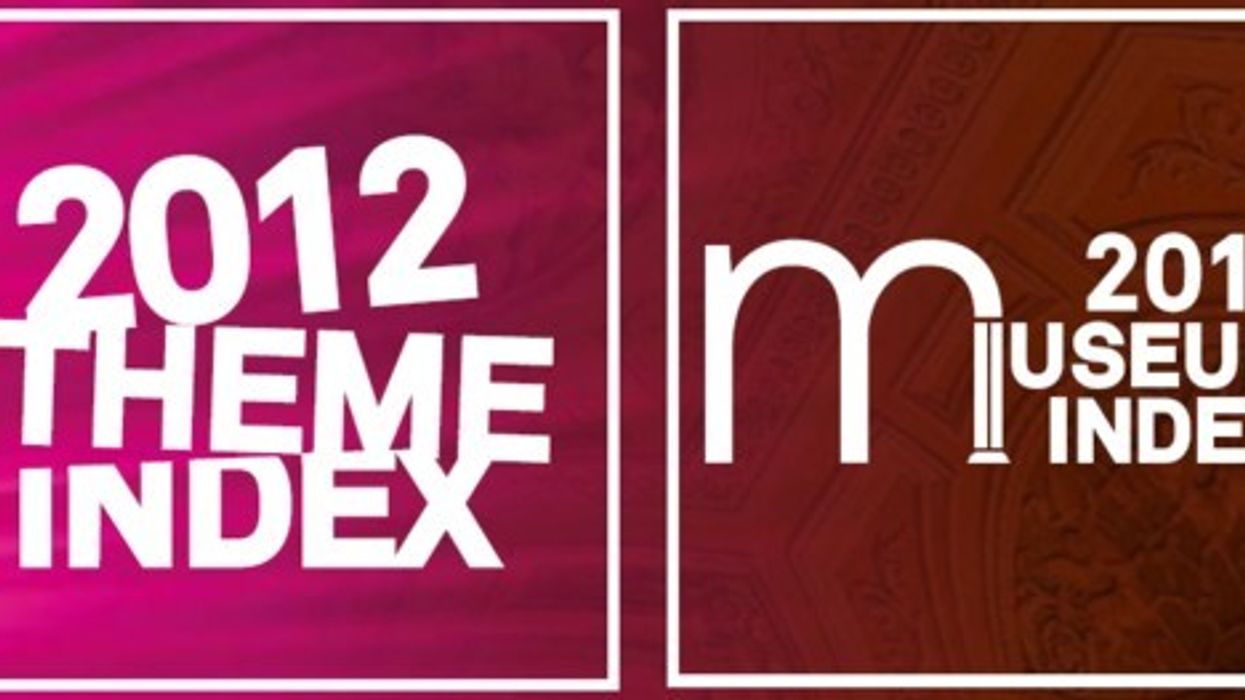
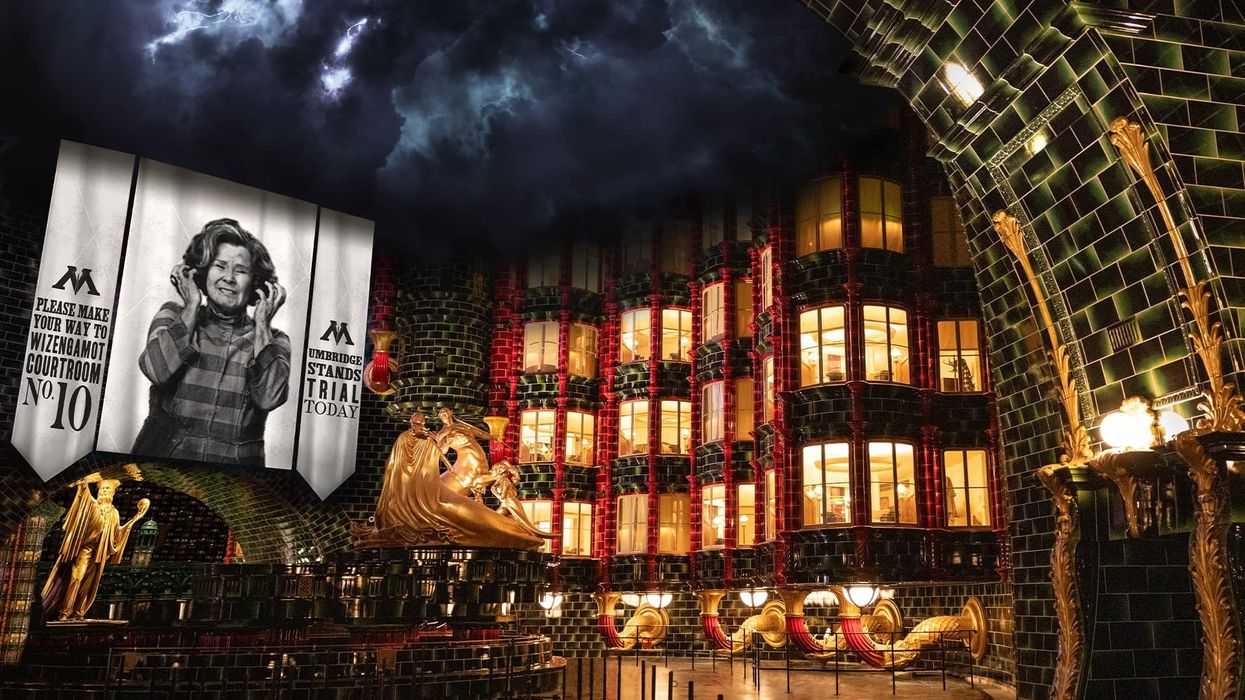
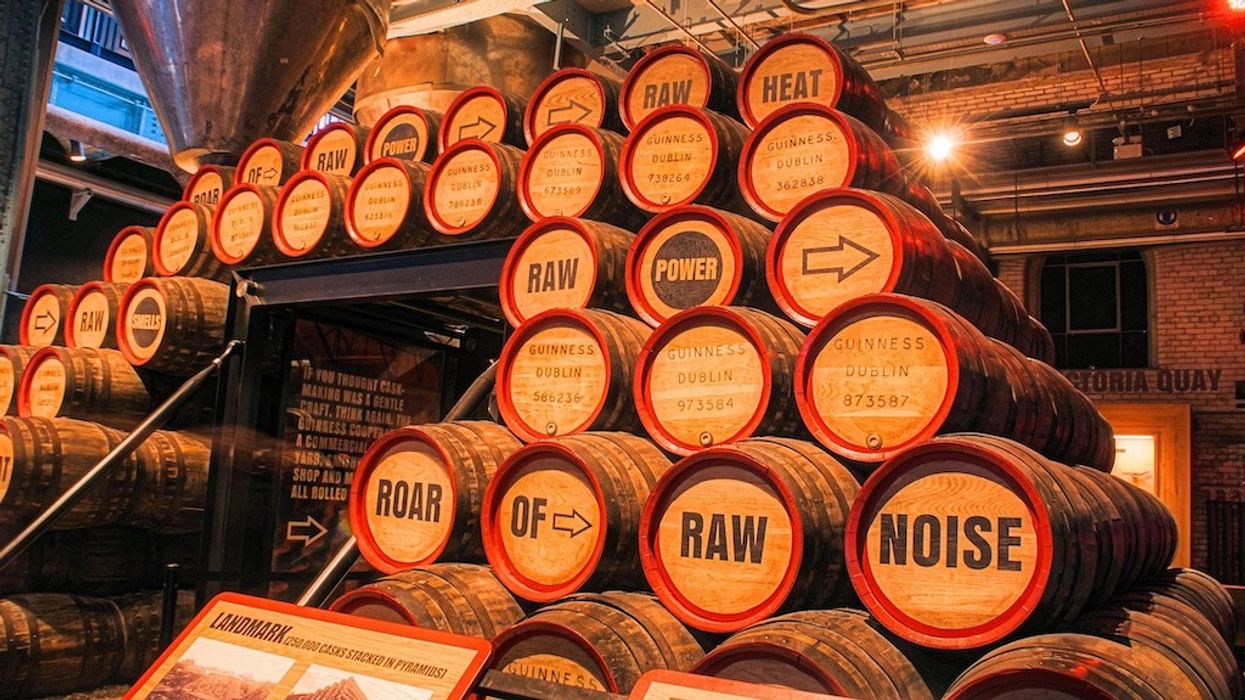
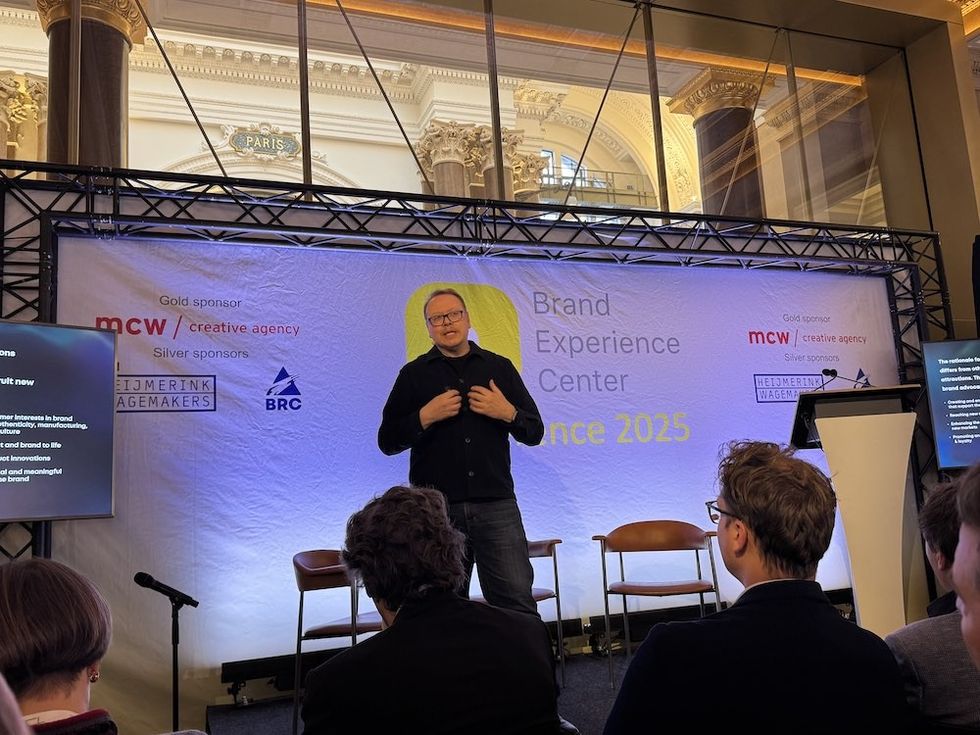 Christian Lachel, chief creative officer, BRC Imagination Arts
Christian Lachel, chief creative officer, BRC Imagination Arts  Image credit AA+W - stock.adobe.com
Image credit AA+W - stock.adobe.com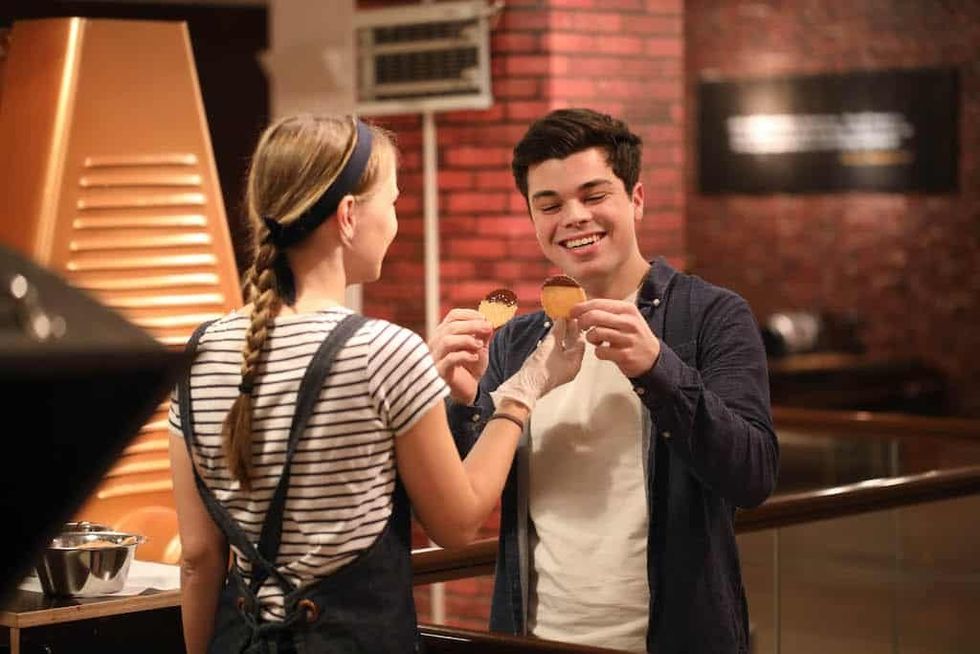 Chocoversum Image credit Sebastian Fuchs
Chocoversum Image credit Sebastian Fuchs 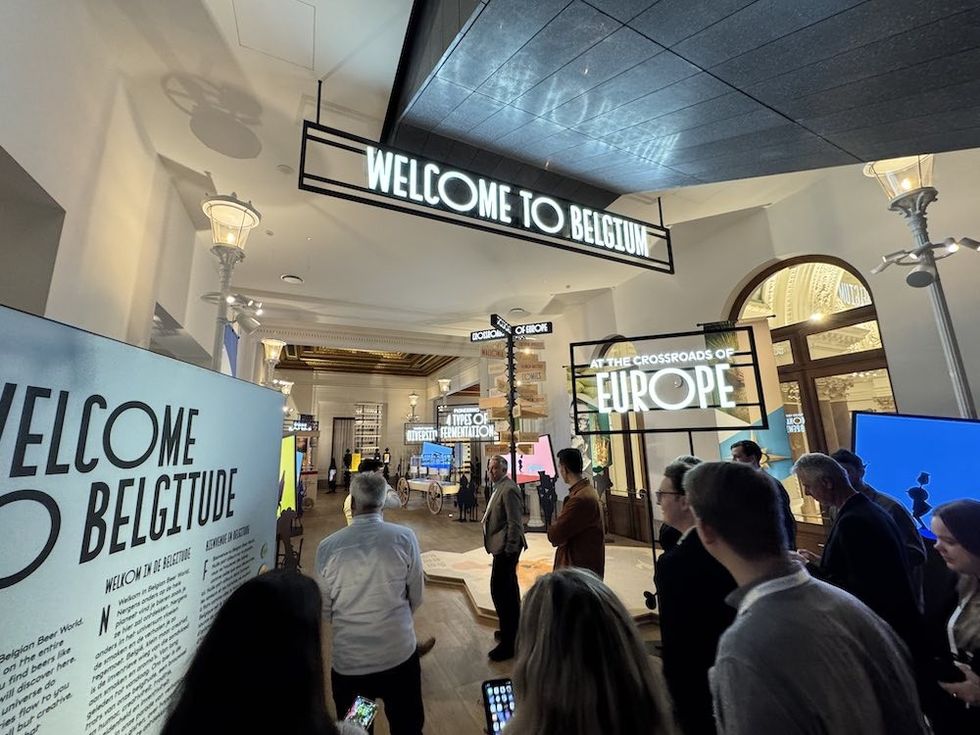 Belgian Beer World
Belgian Beer World 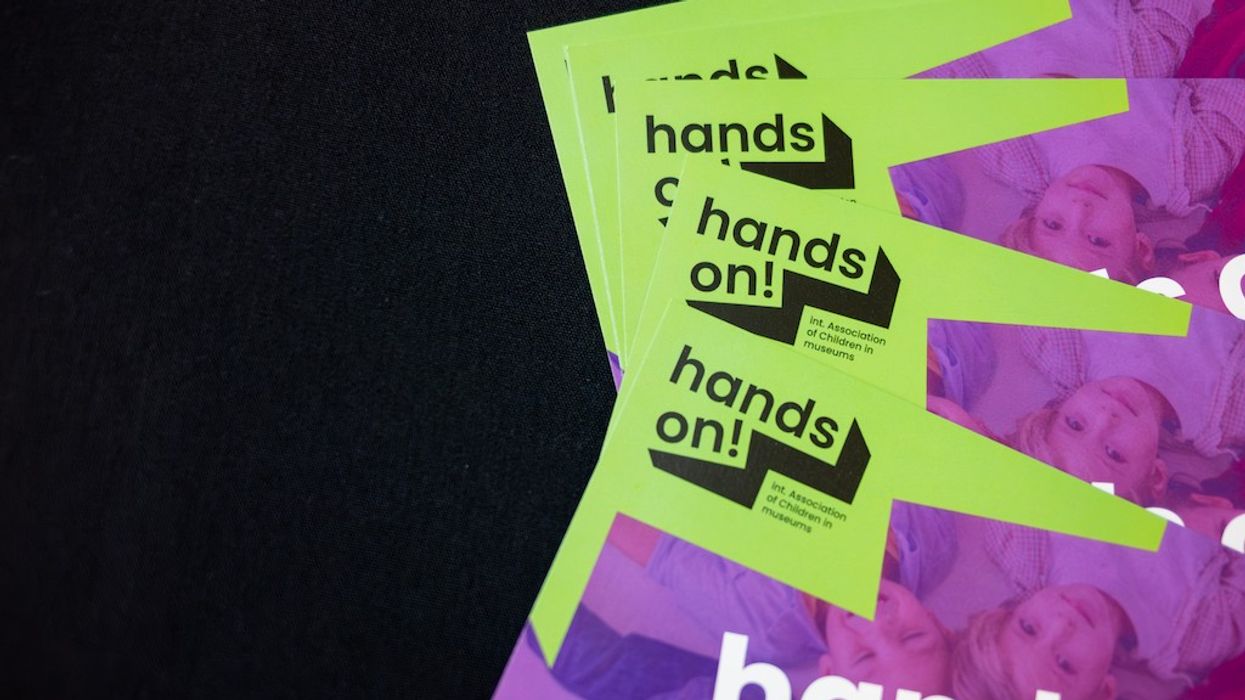
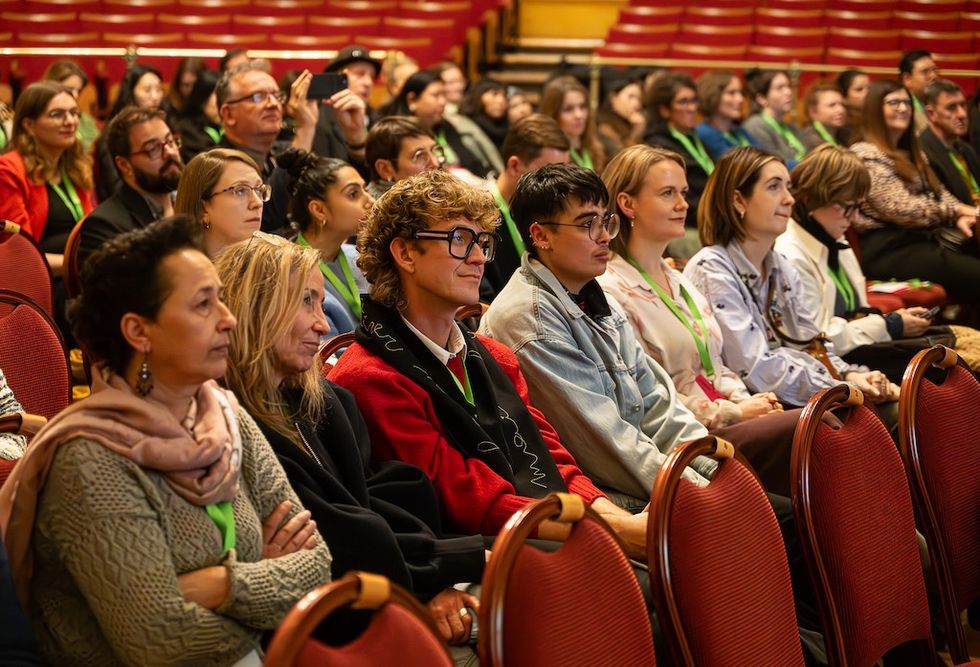
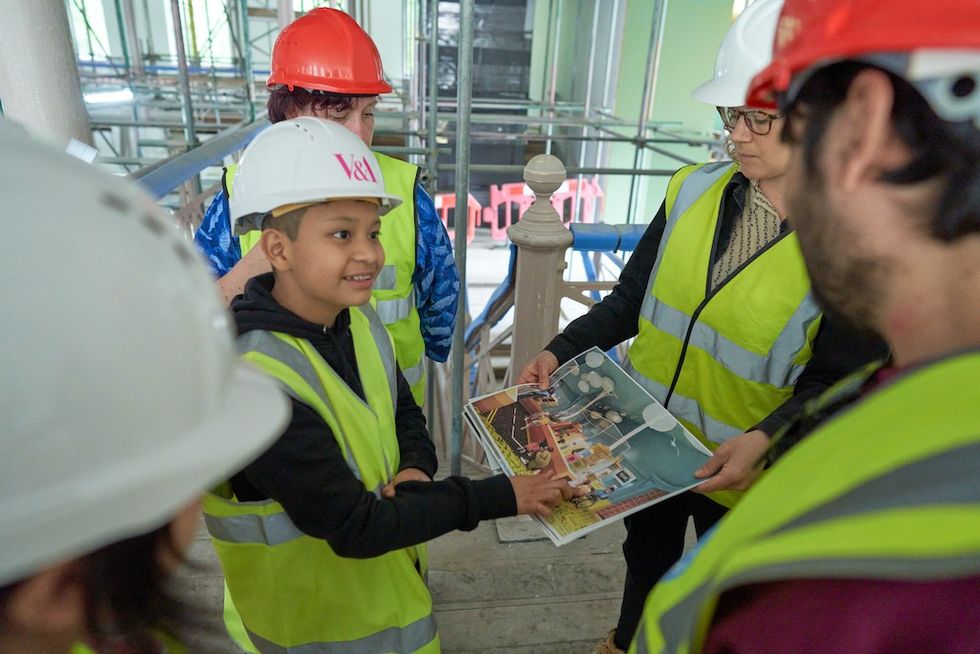 Young V&A Youth Collective members have a tour of the Young V&A construction site. Image courtesy of Young V&A.
Young V&A Youth Collective members have a tour of the Young V&A construction site. Image courtesy of Young V&A. 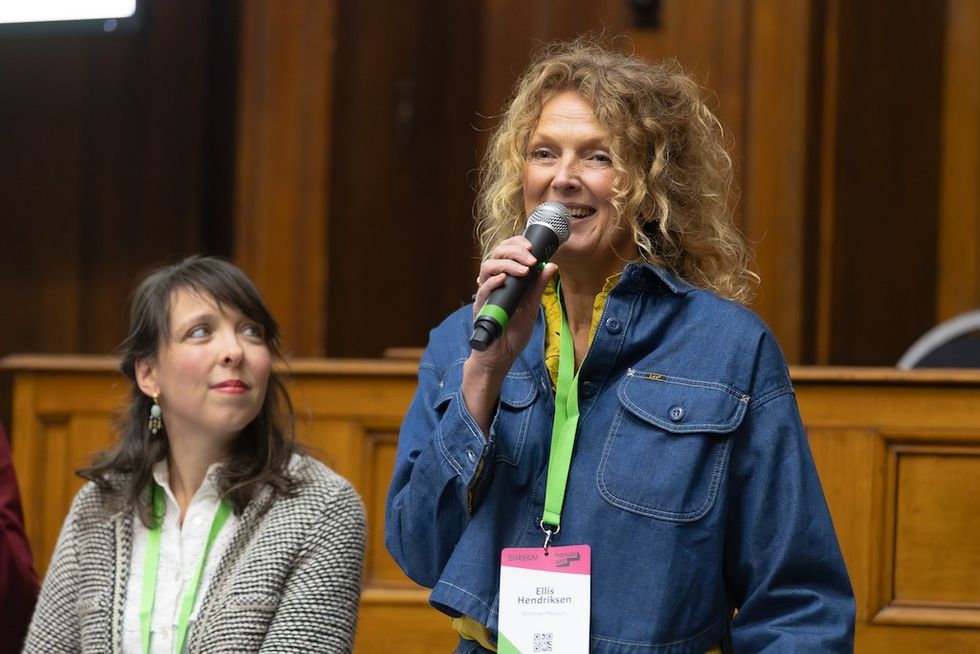 Floriane Perot and Ellis Hendriksen
Floriane Perot and Ellis Hendriksen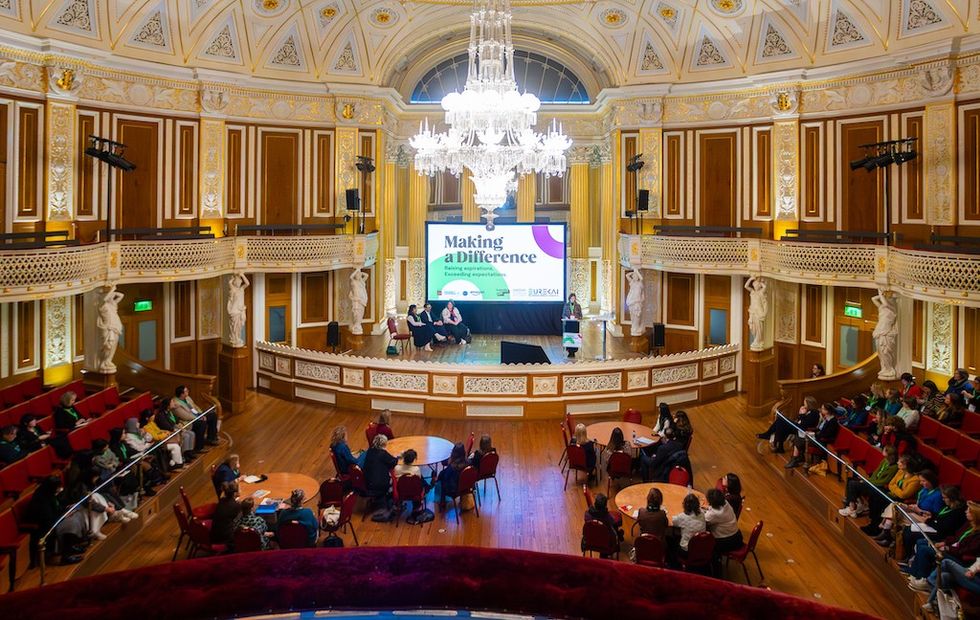
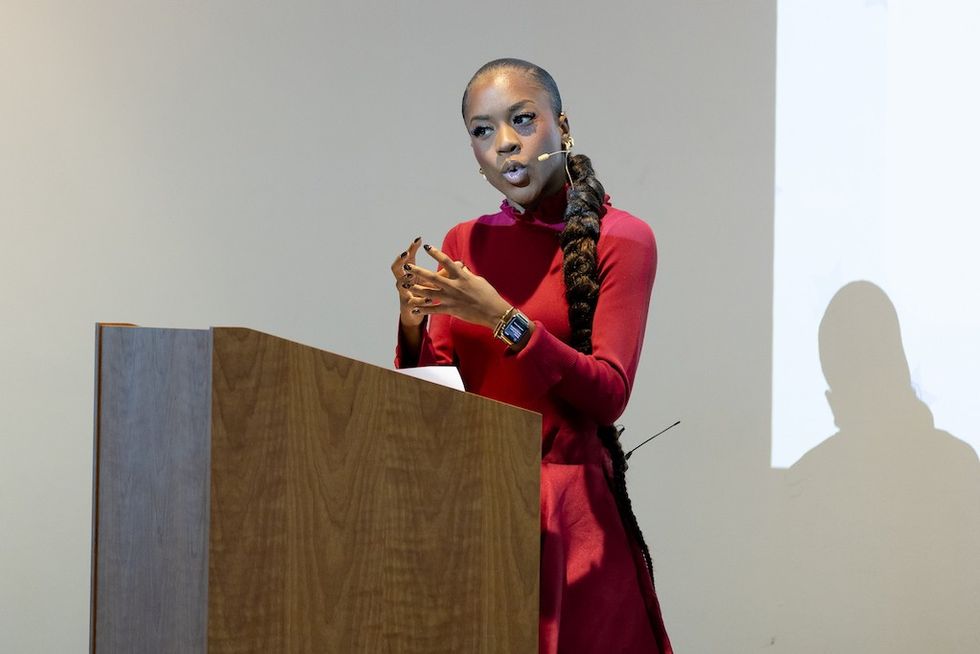 Amber Ogunsanya-William
Amber Ogunsanya-William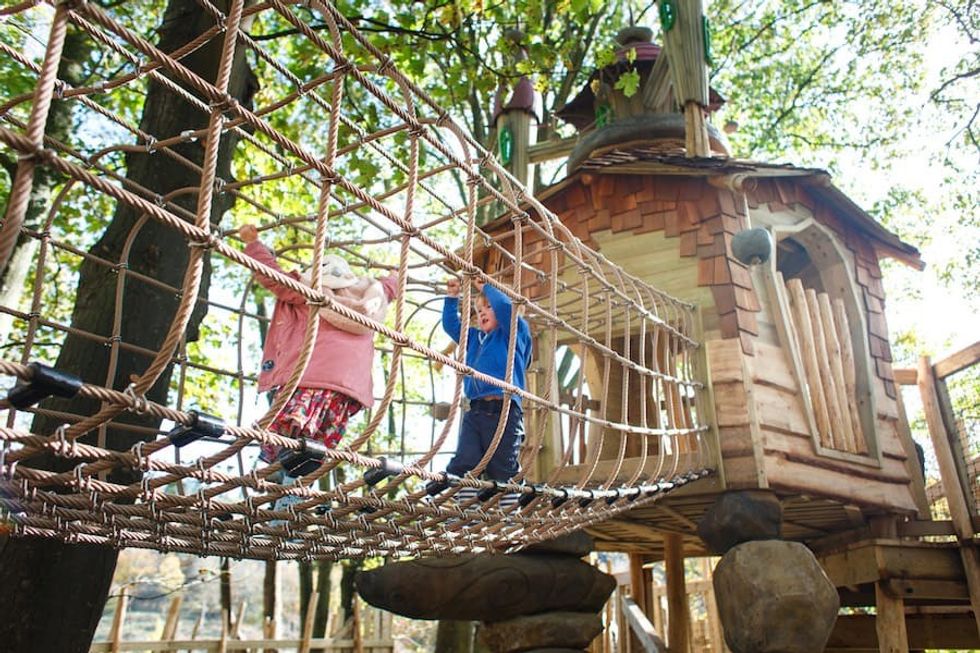 Tumblestone Hollow adventure playground by CAP.CO
Tumblestone Hollow adventure playground by CAP.CO 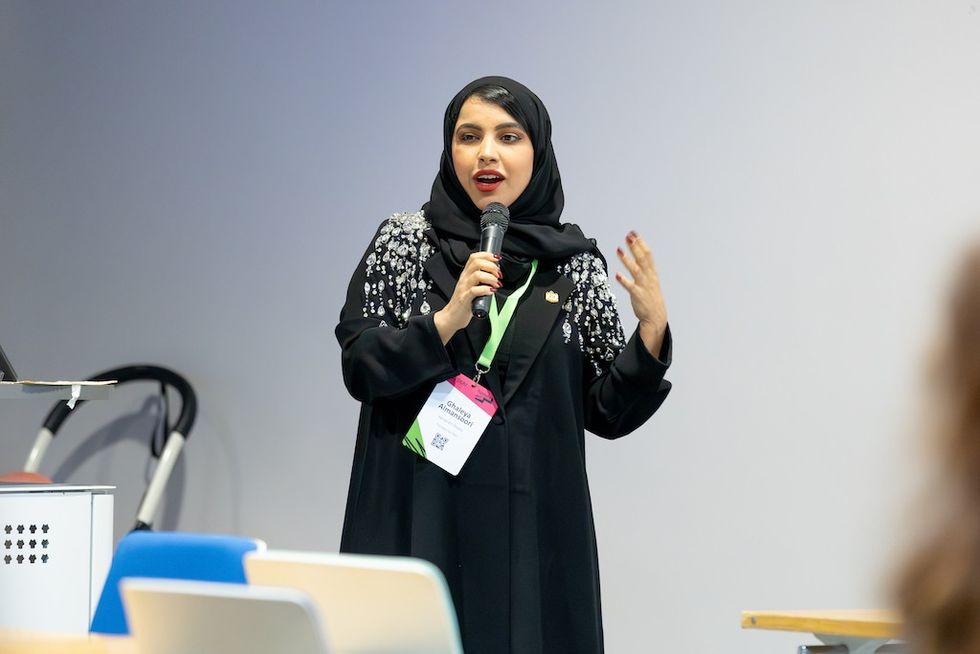 Ghaleya Al Mansoori
Ghaleya Al Mansoori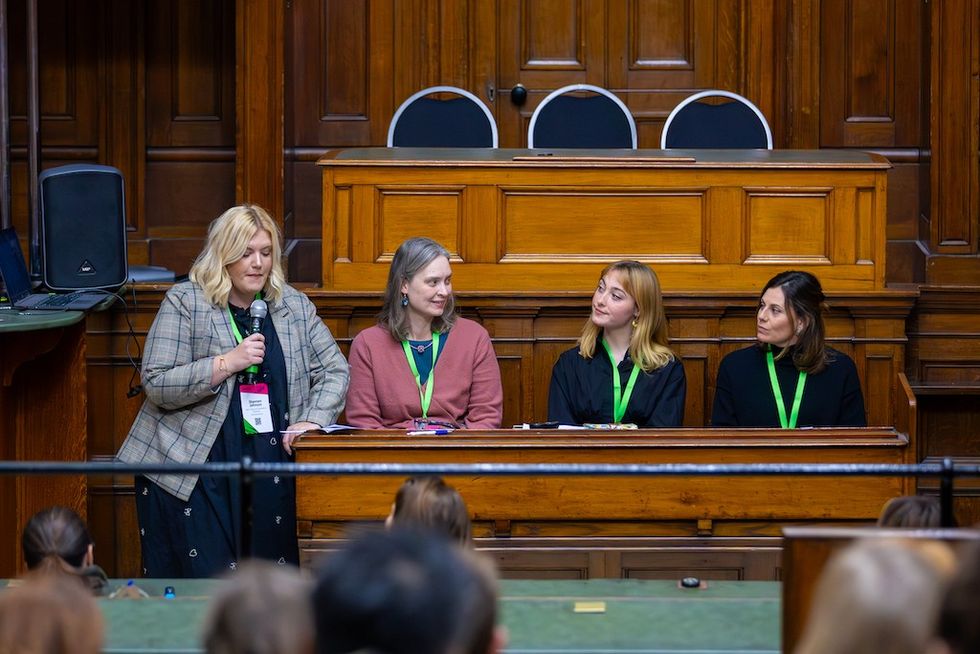
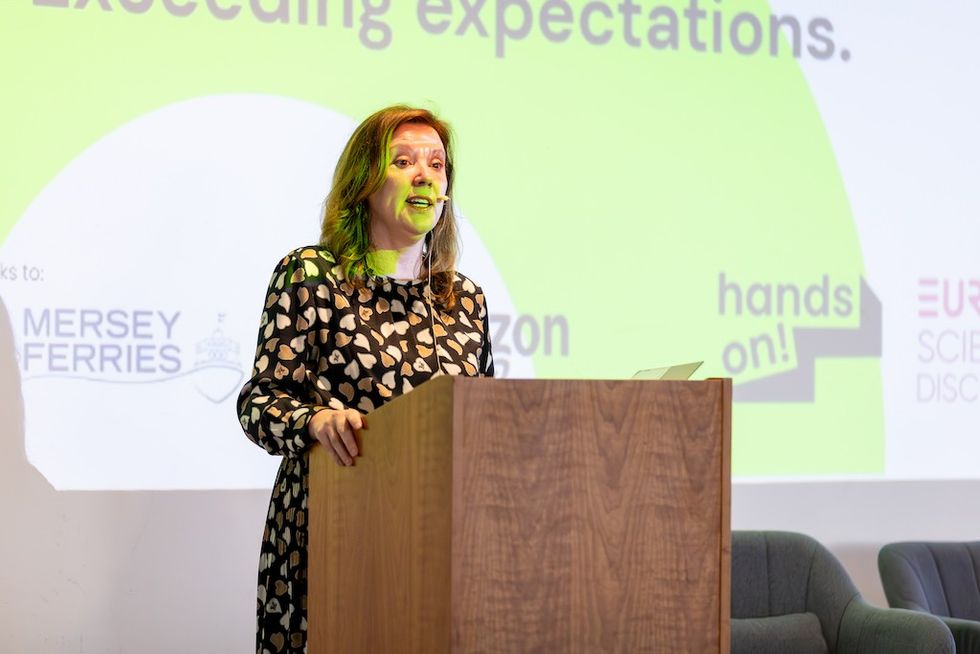 Dame Rachel de Souza
Dame Rachel de Souza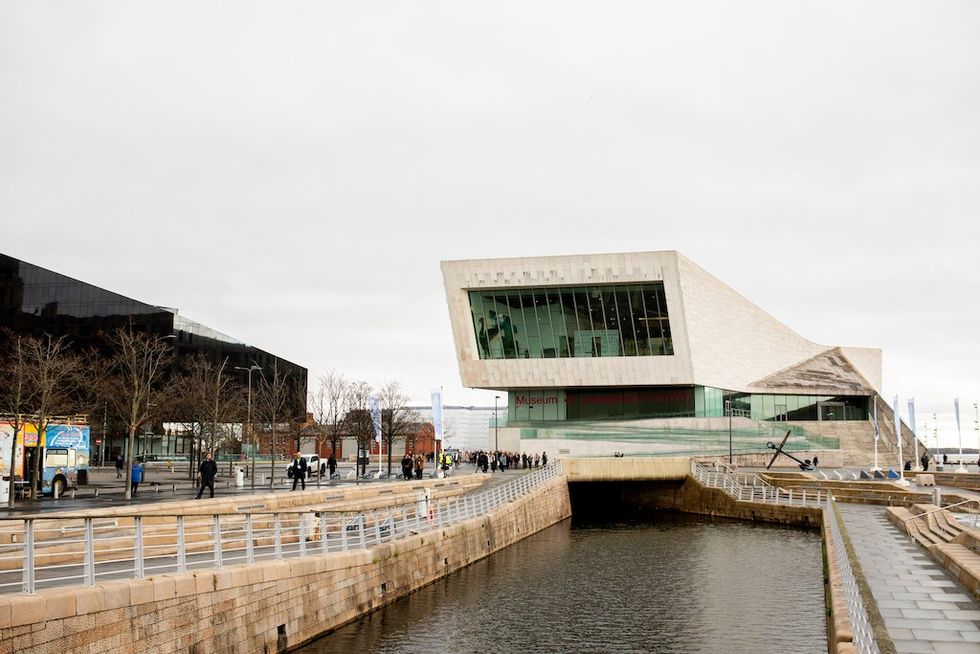 Liverpool Museum
Liverpool Museum
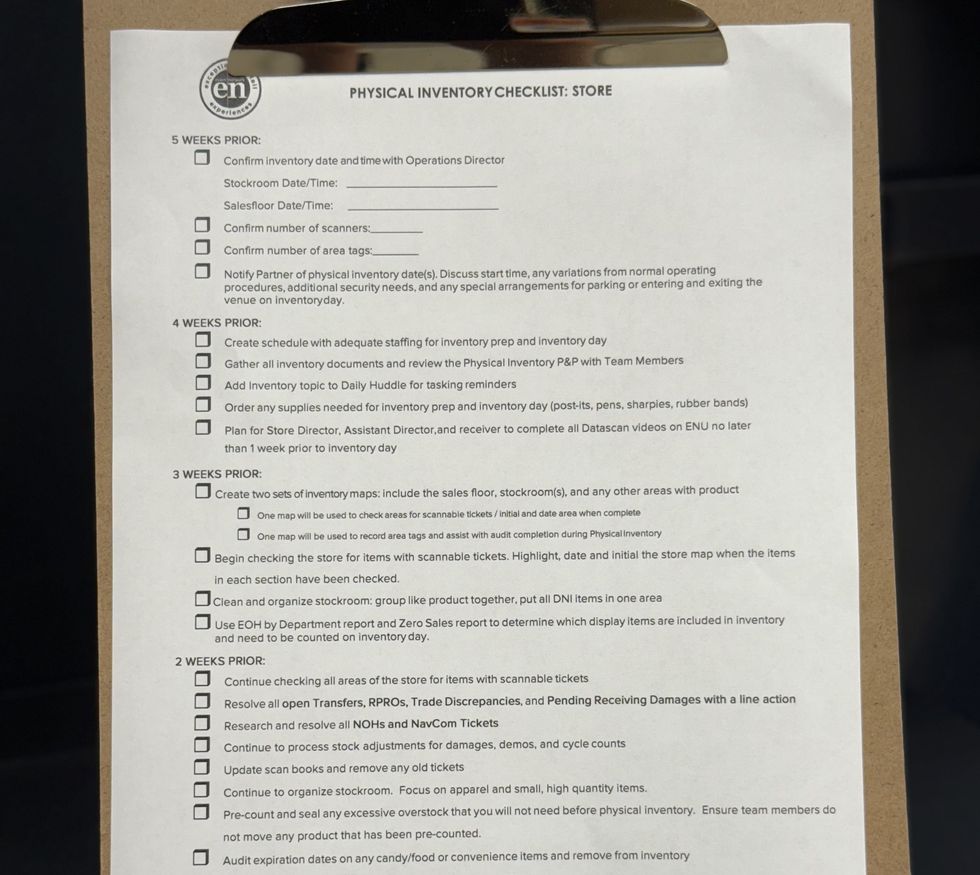
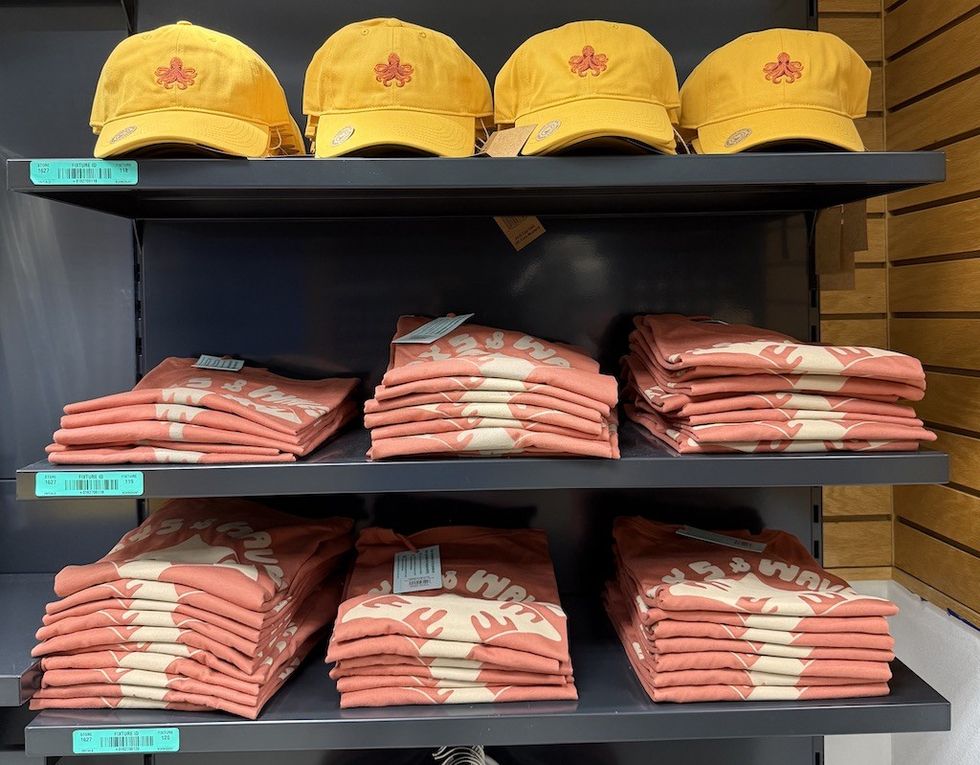
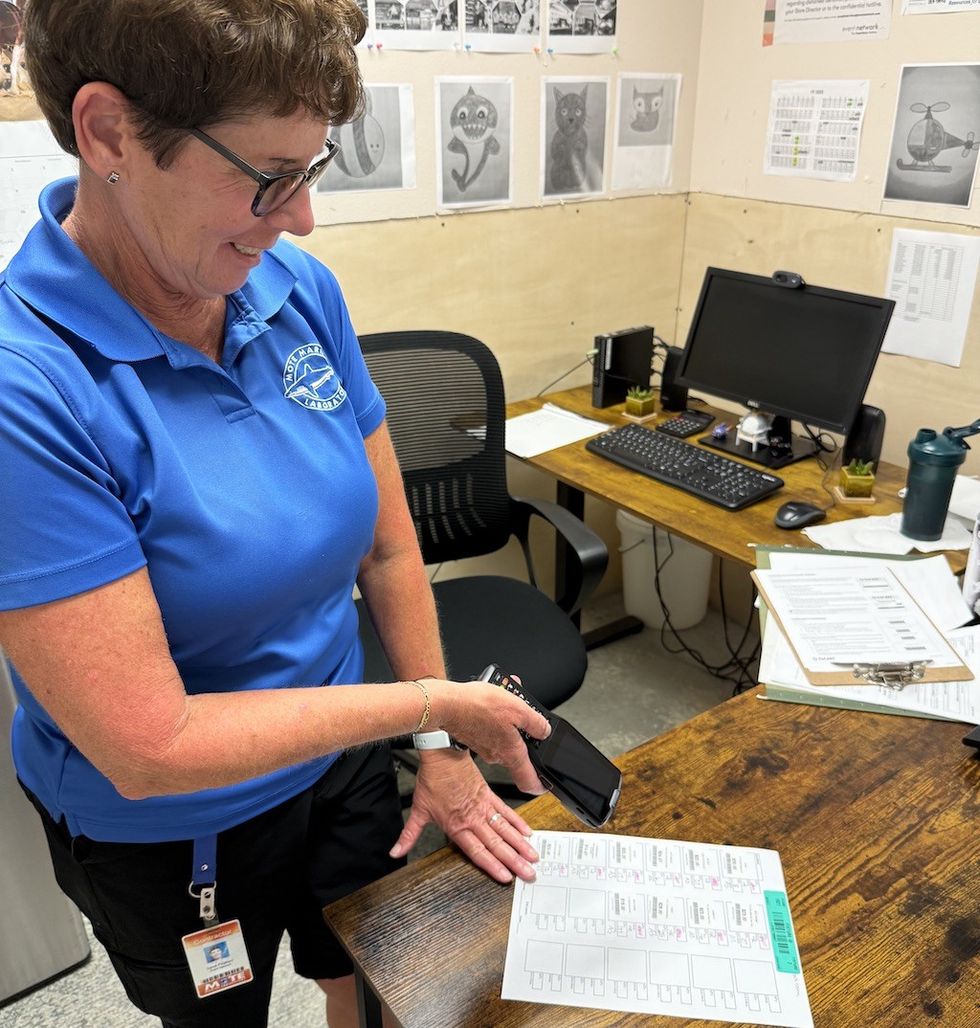
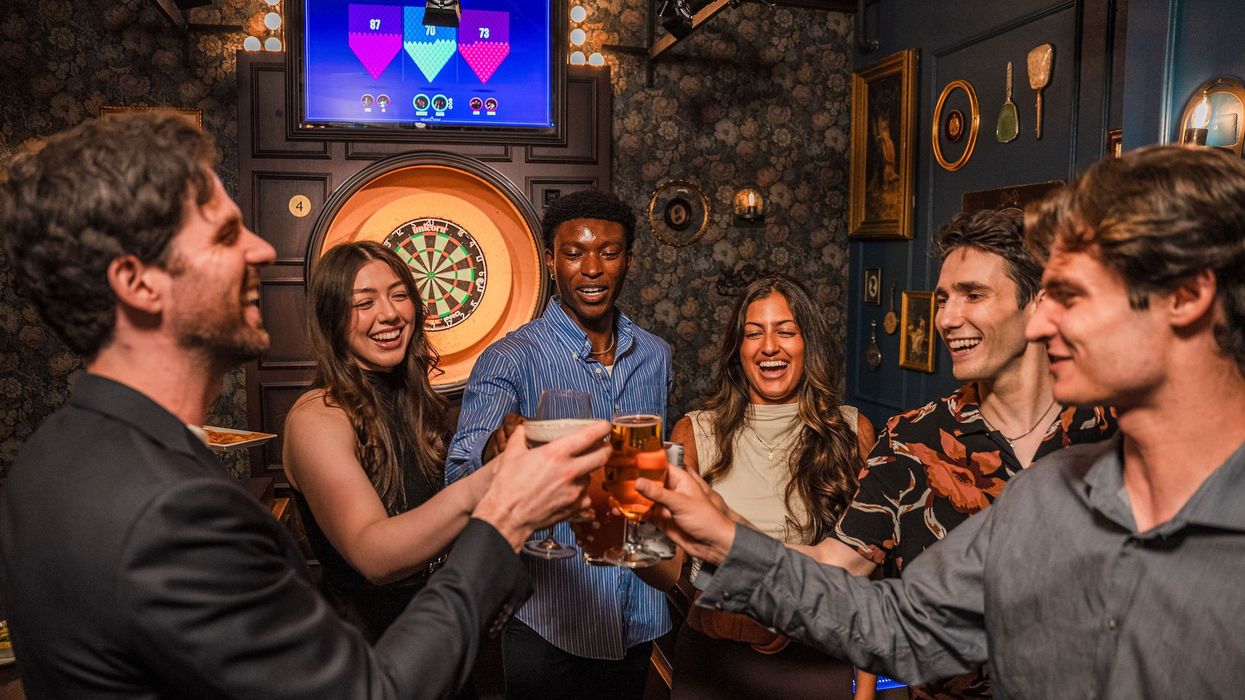
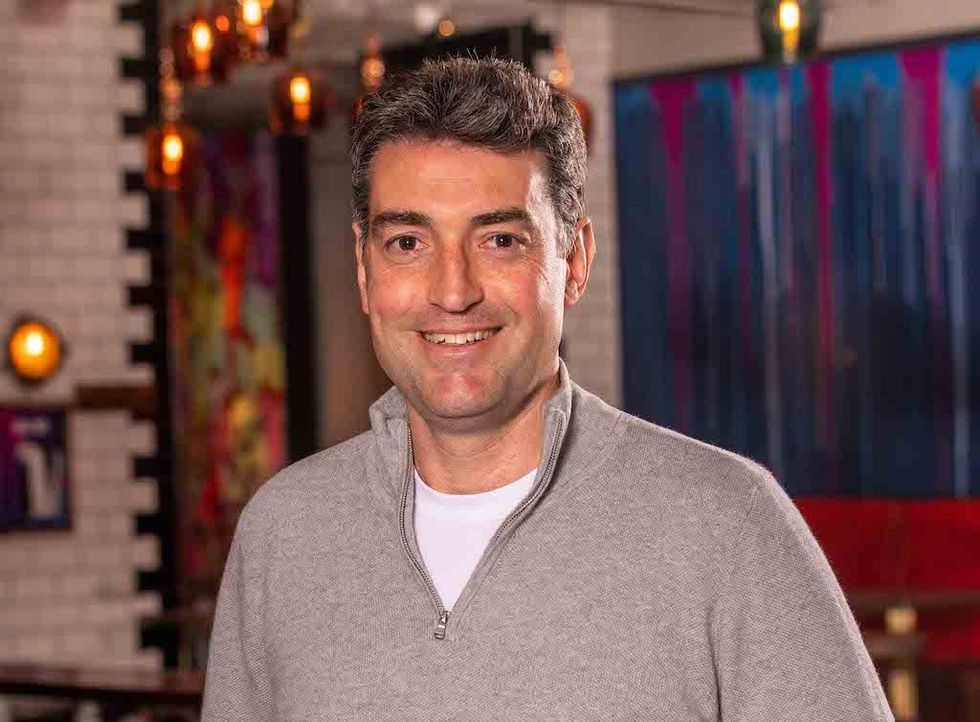 Toby Harris
Toby Harris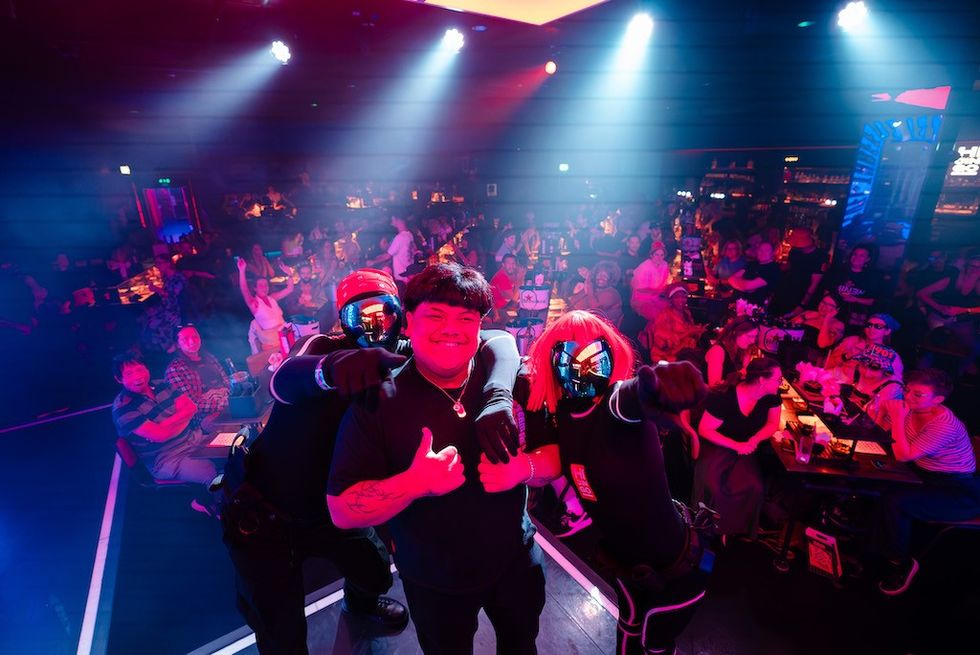 Hijingo
Hijingo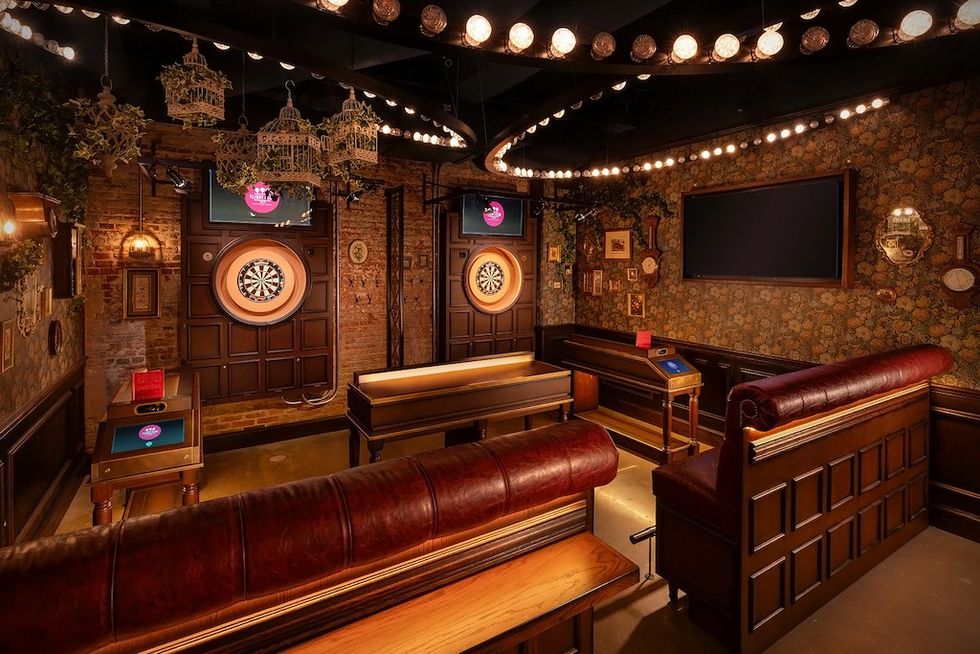 Flight Club, Washington D.C.
Flight Club, Washington D.C.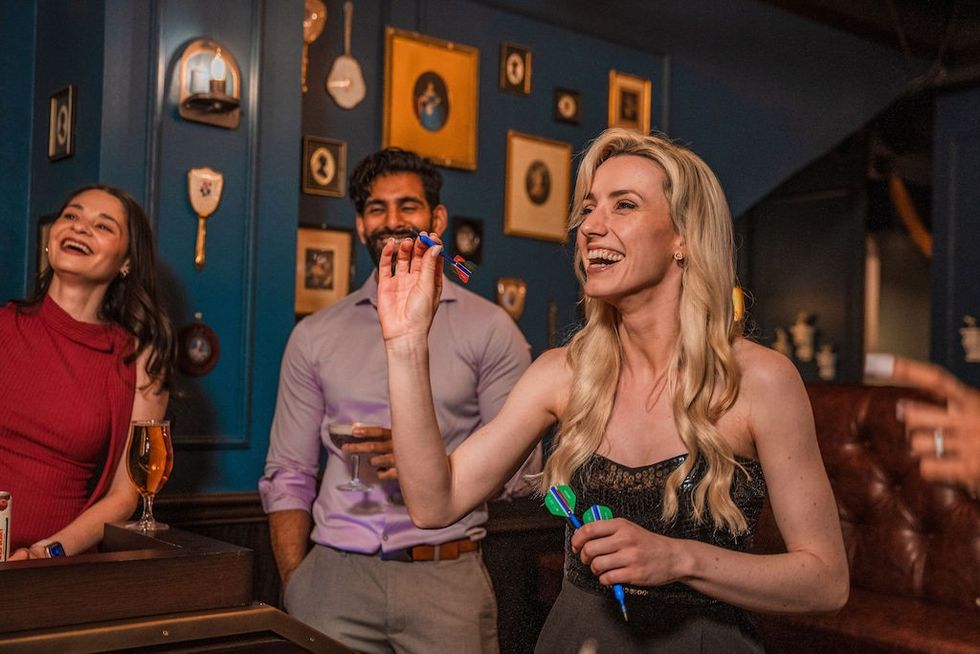
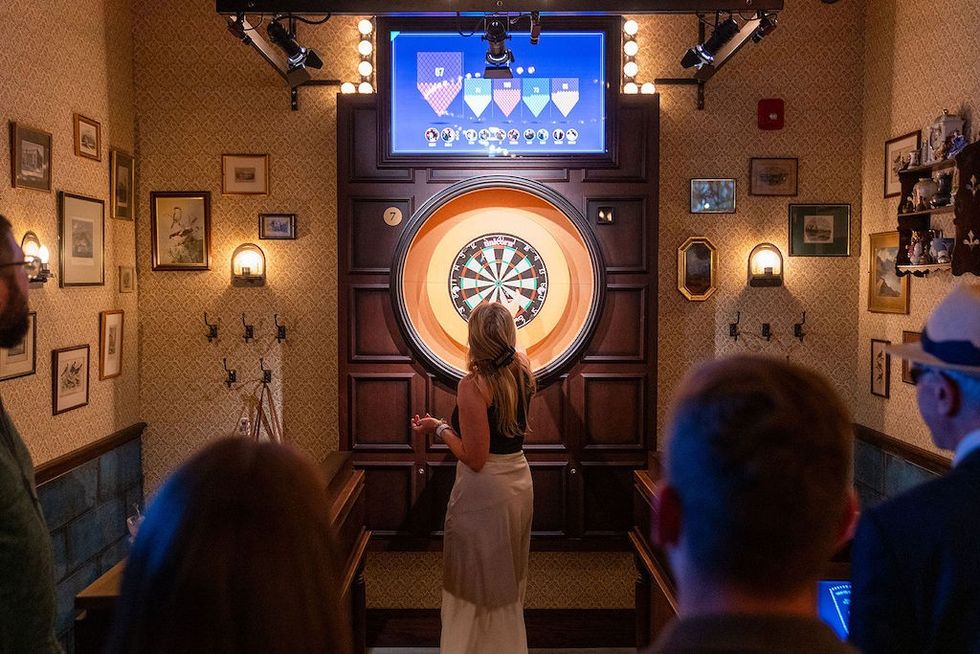 Flight Club Philadelphia
Flight Club Philadelphia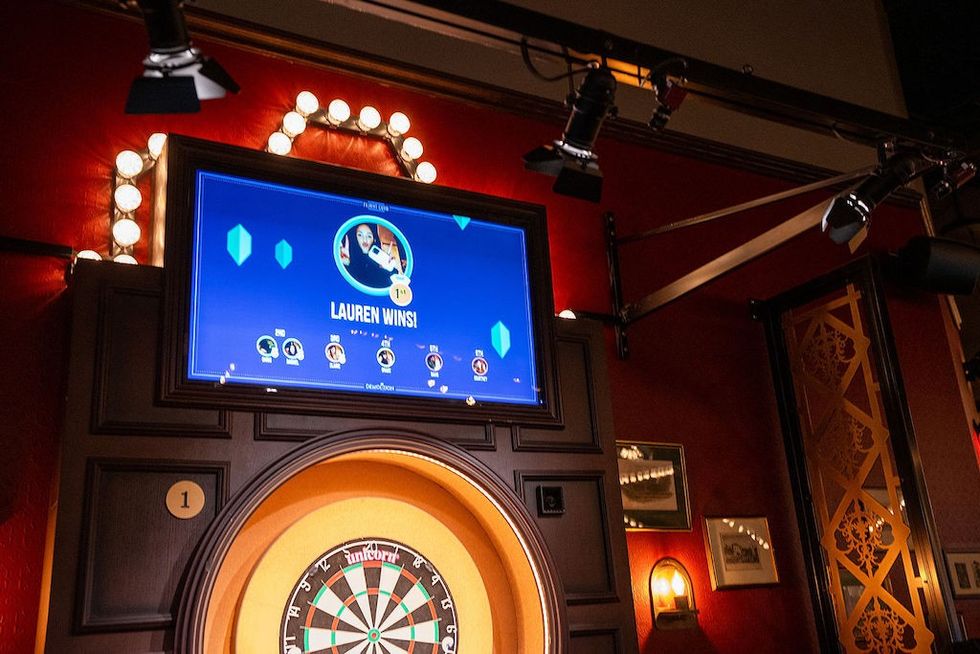 Flight Club Philadelphia
Flight Club Philadelphia Bounce
Bounce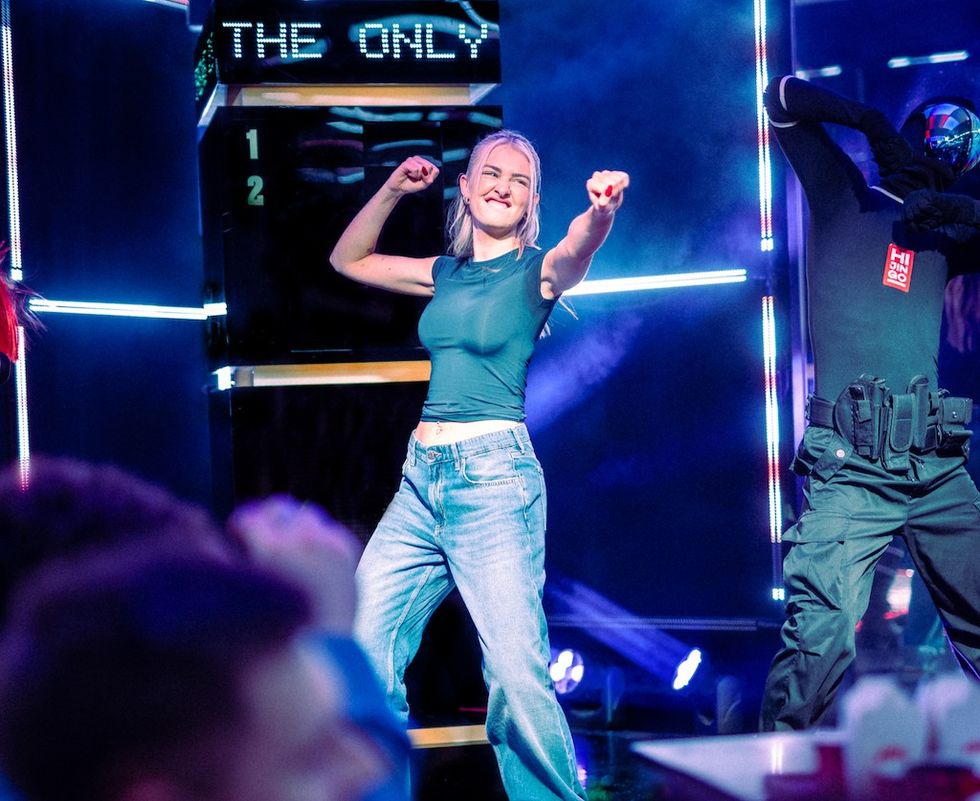 Hijingo
Hijingo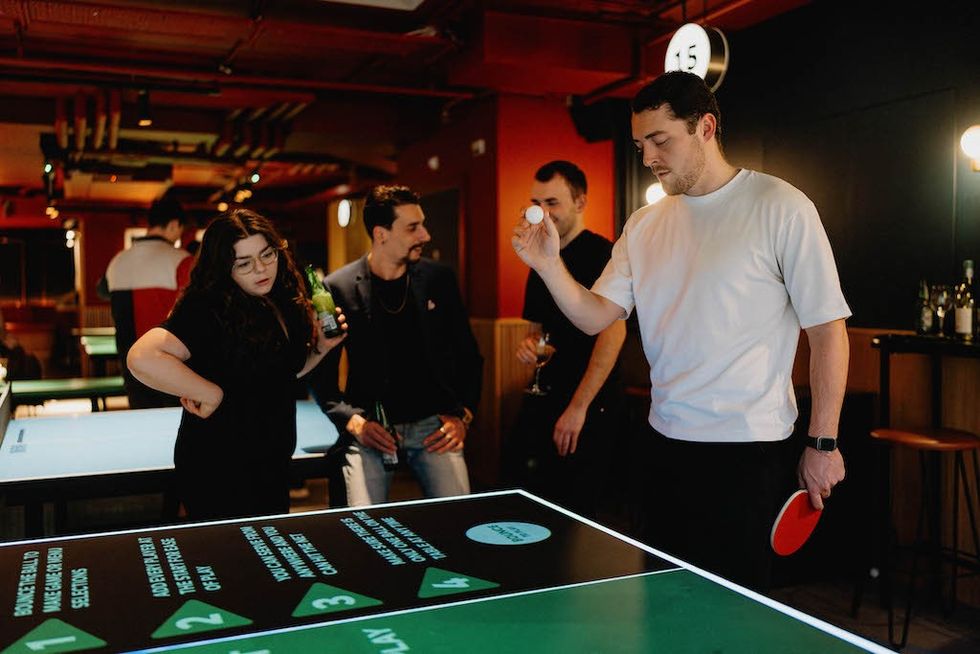 Bounce
Bounce